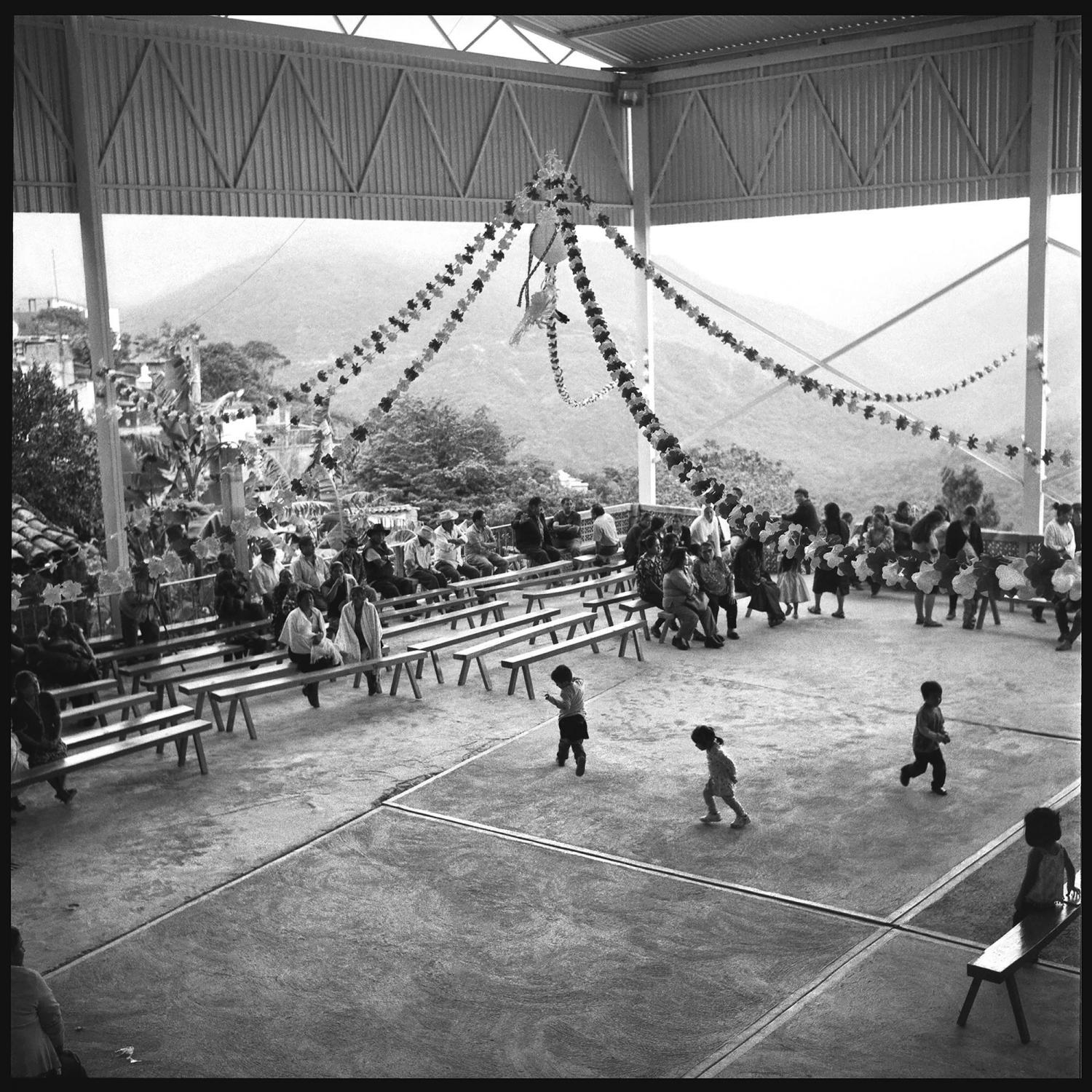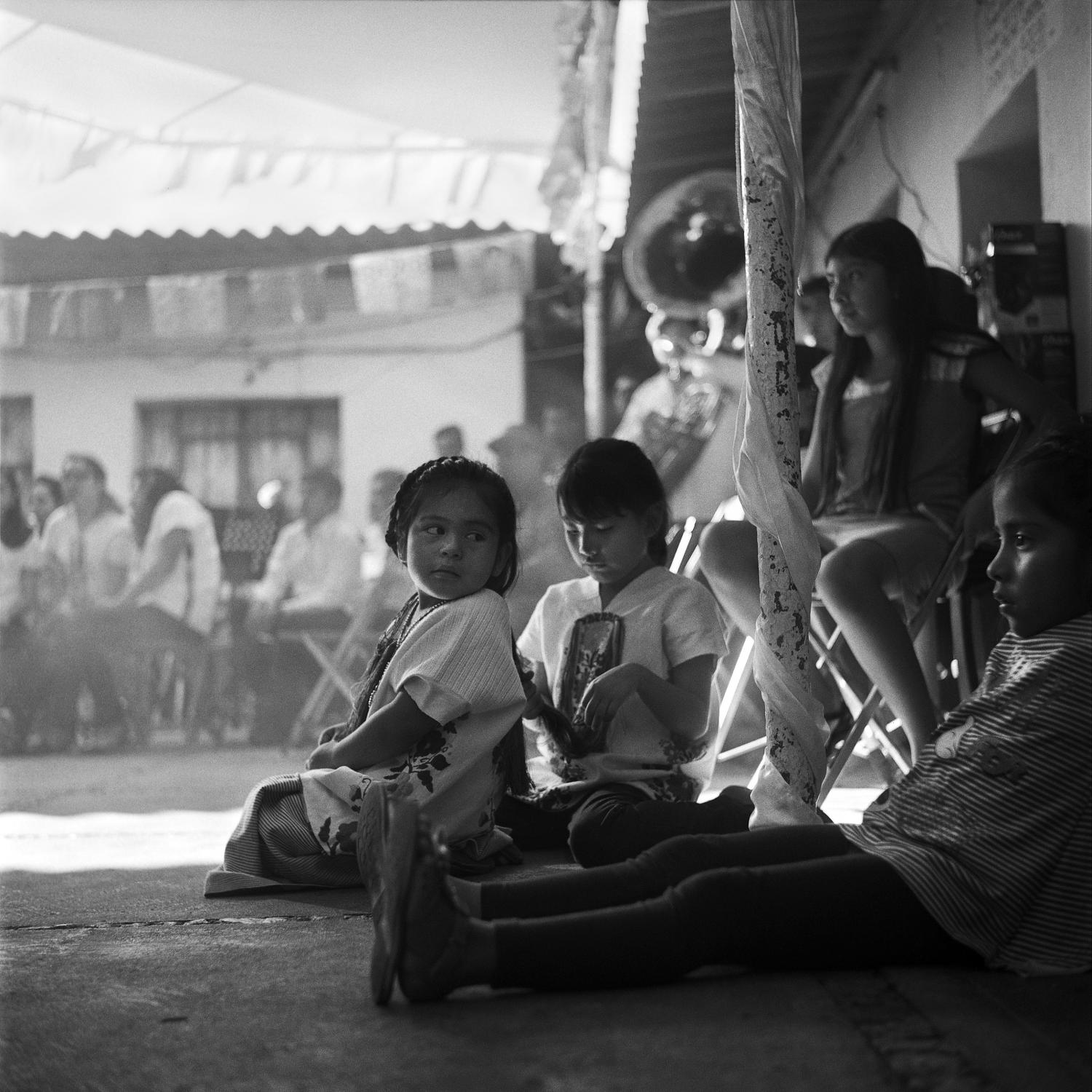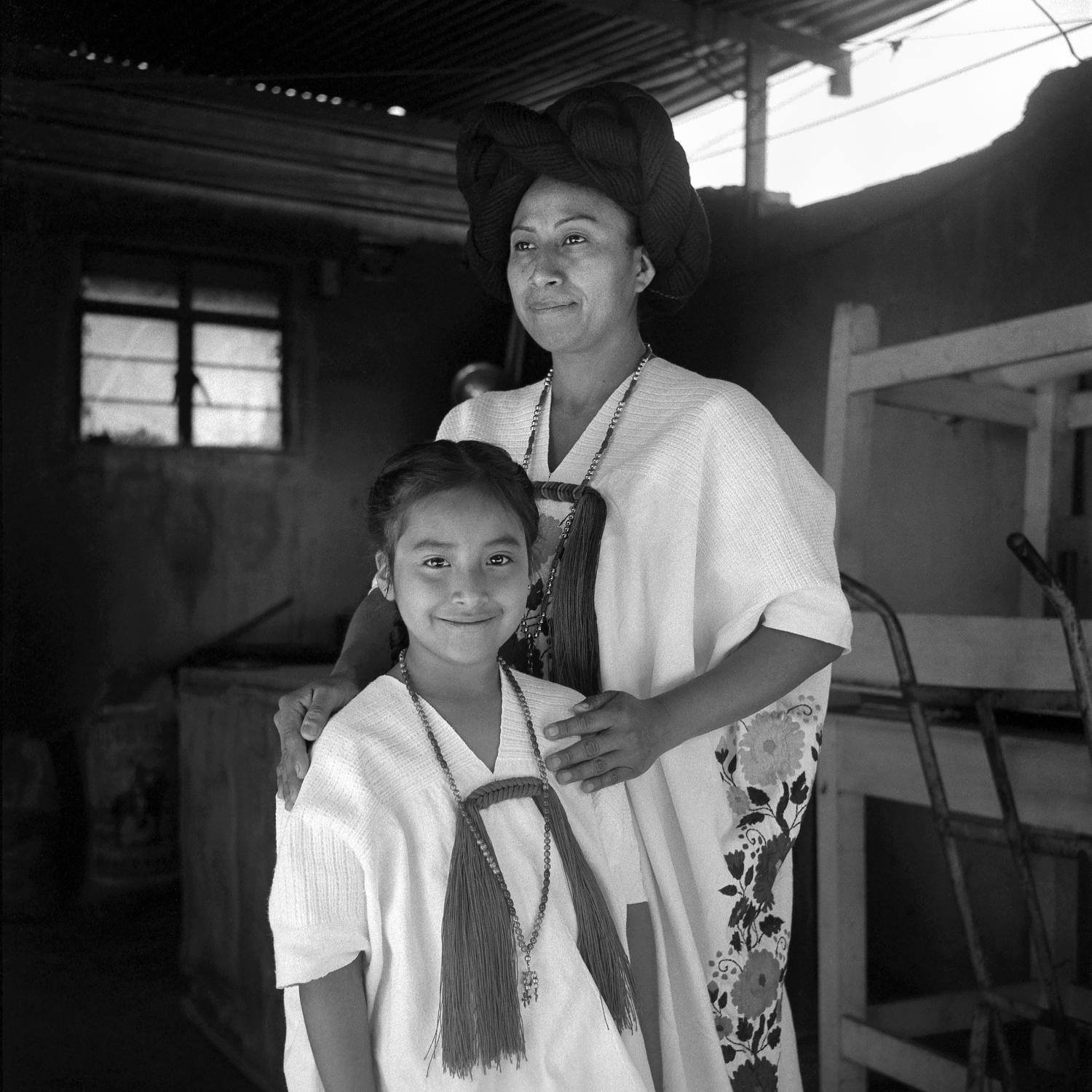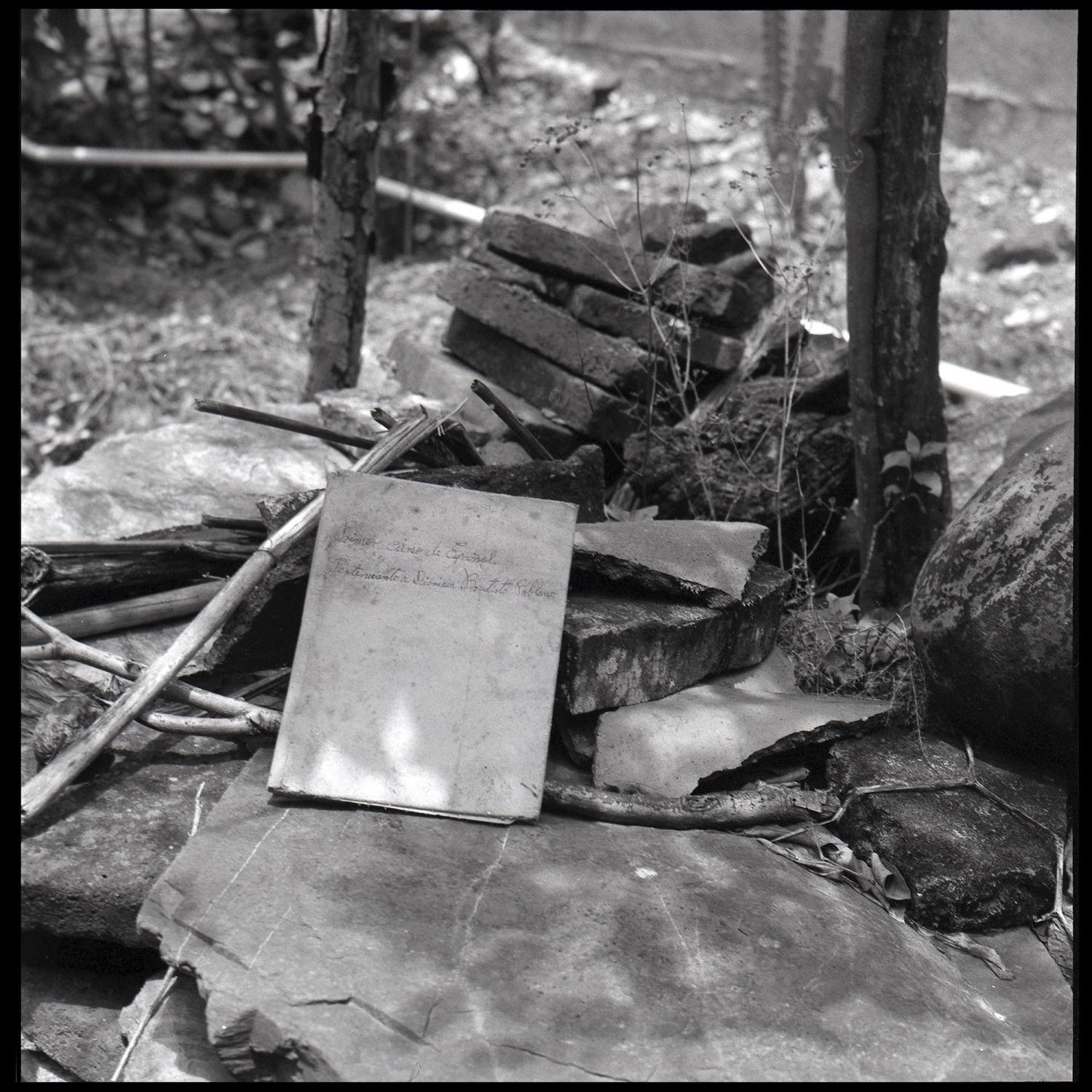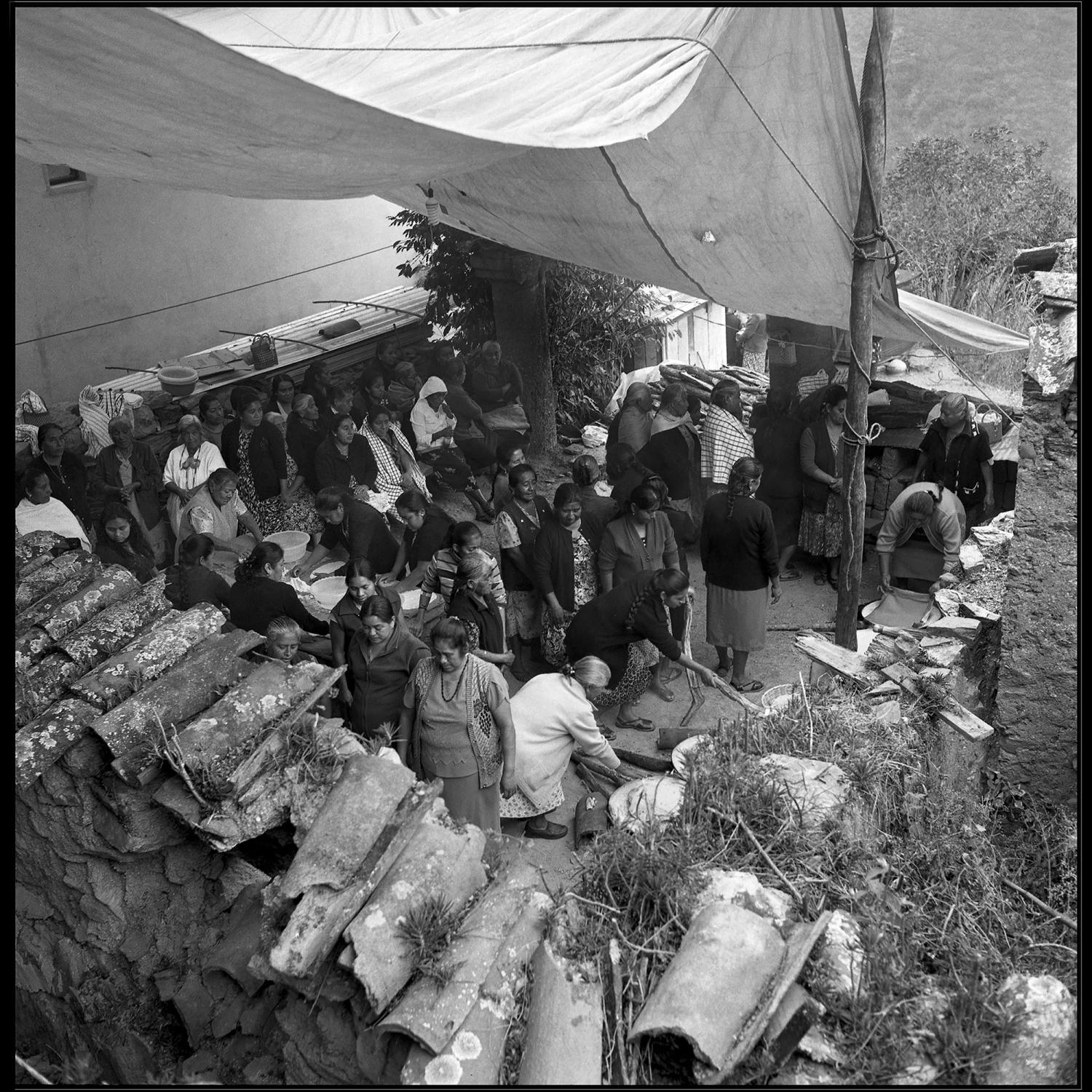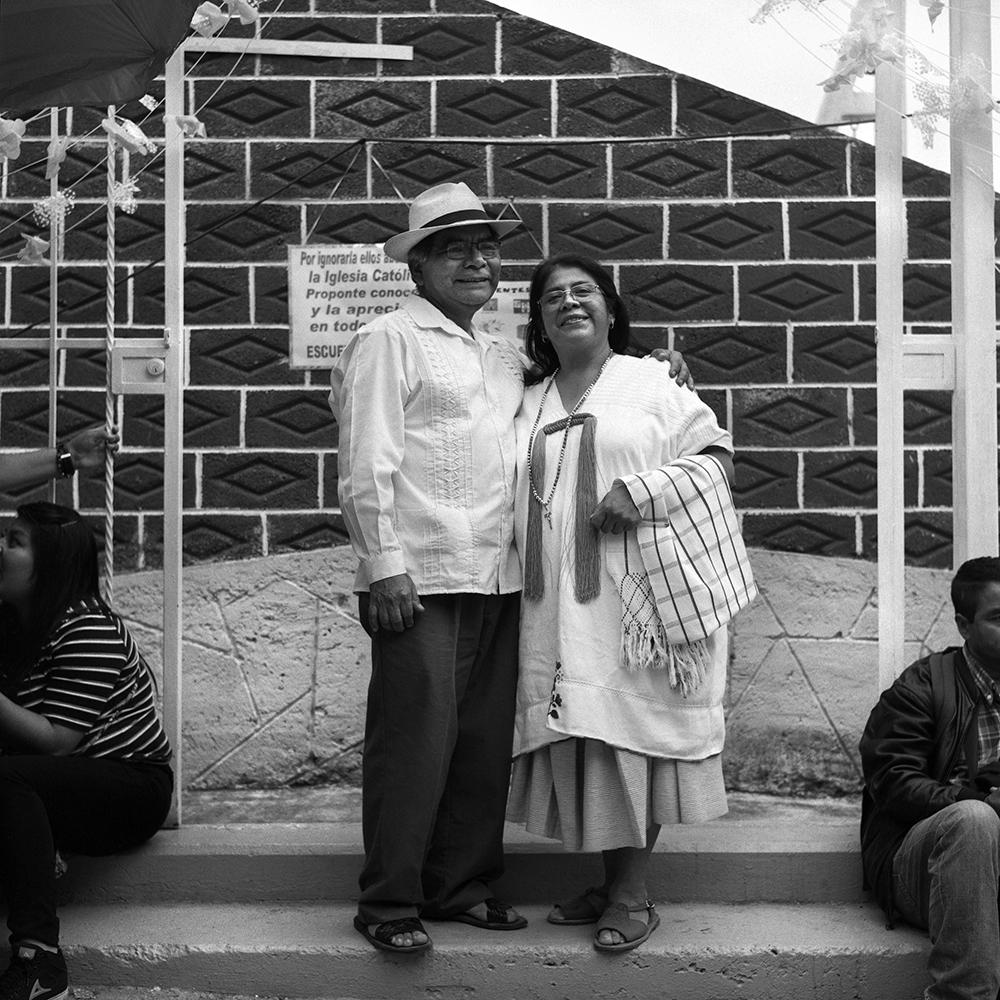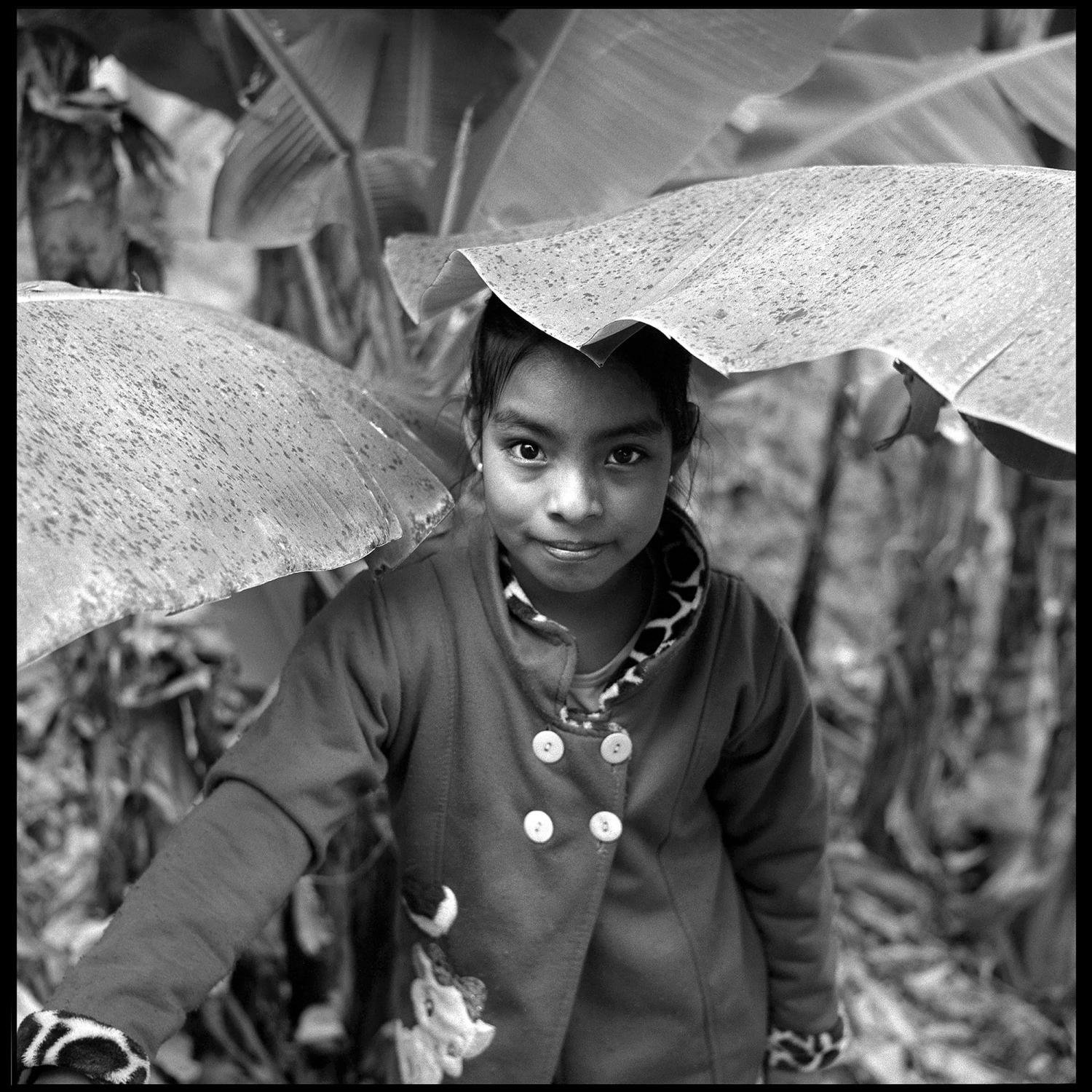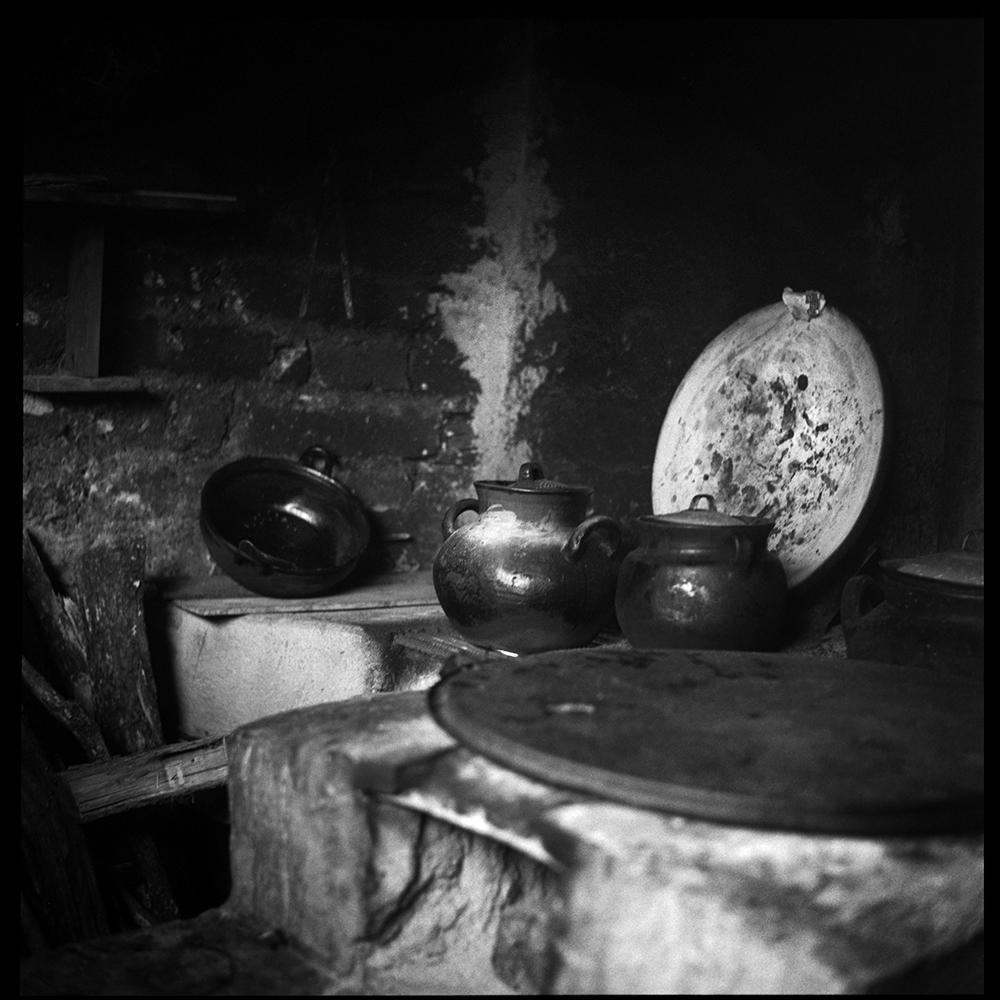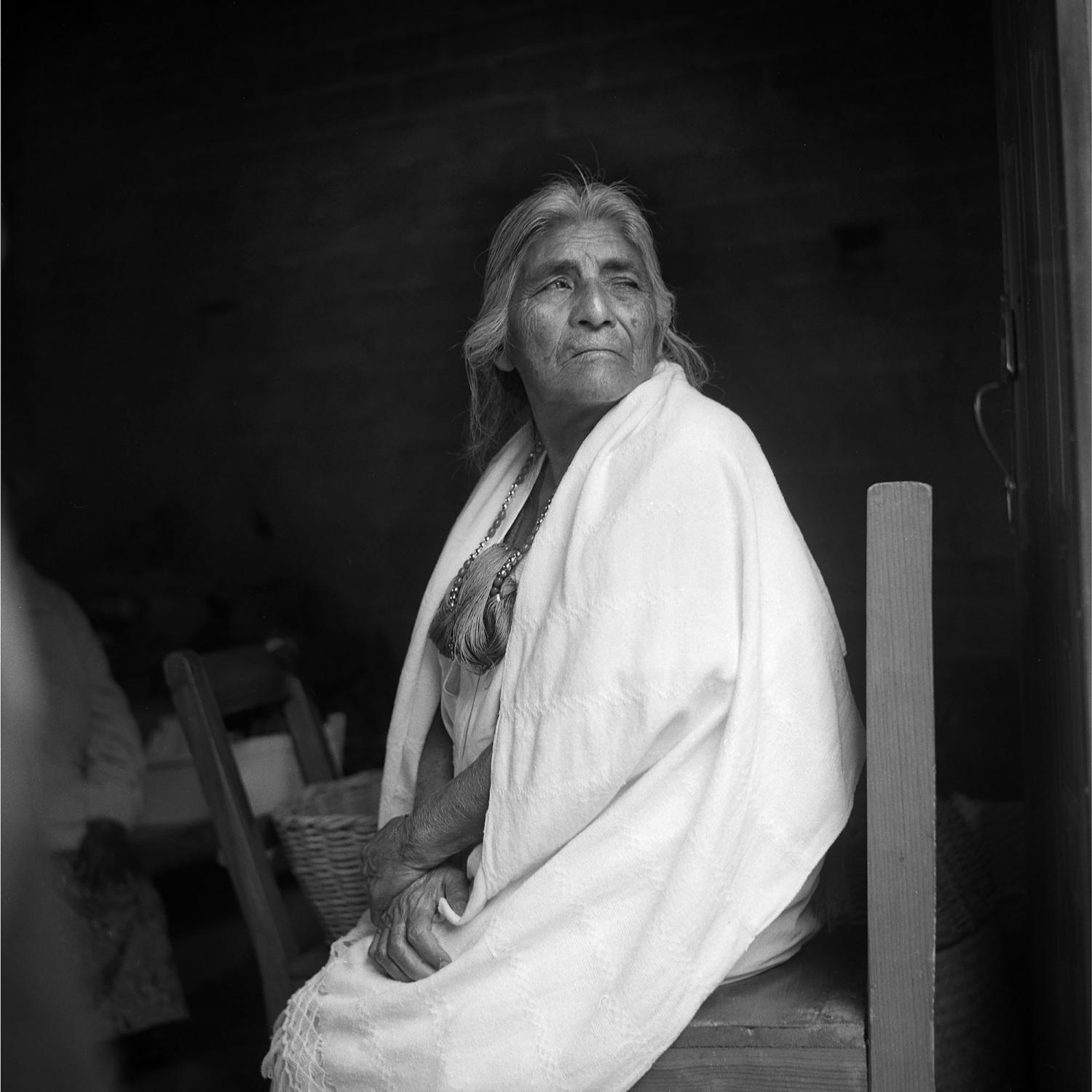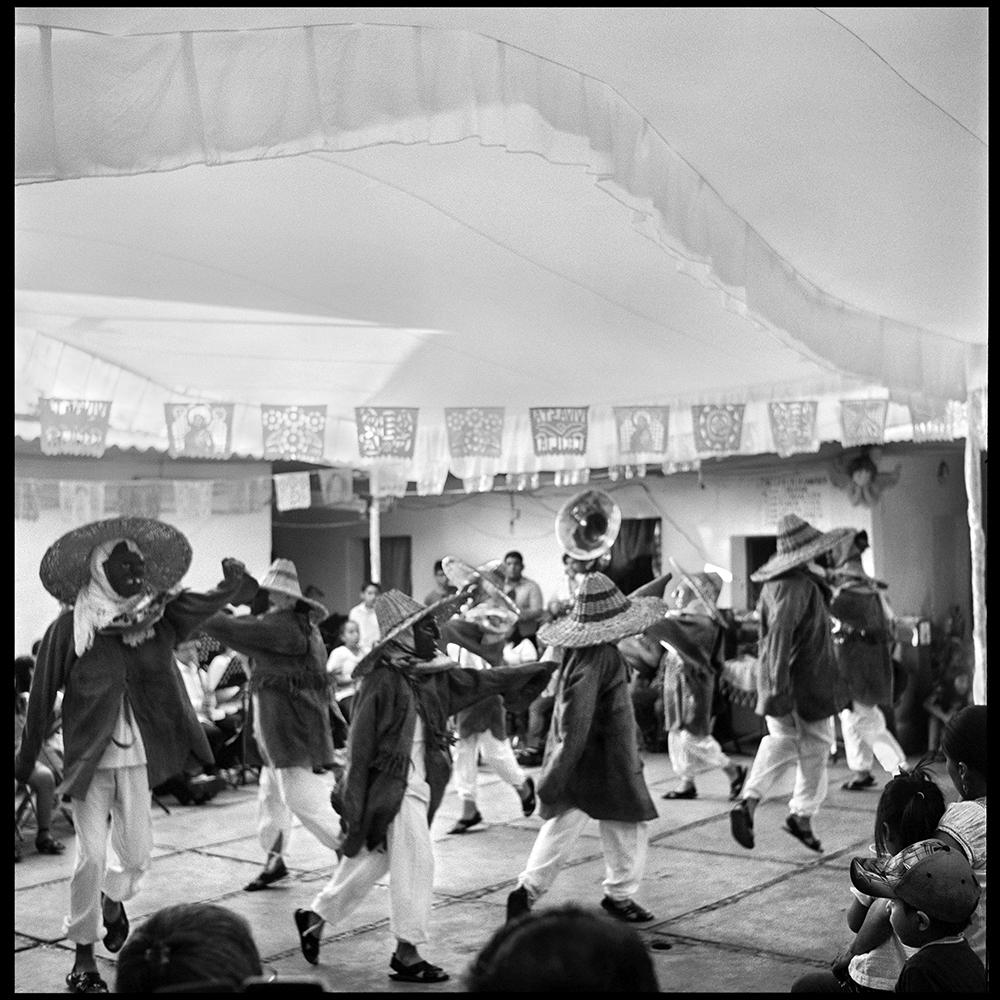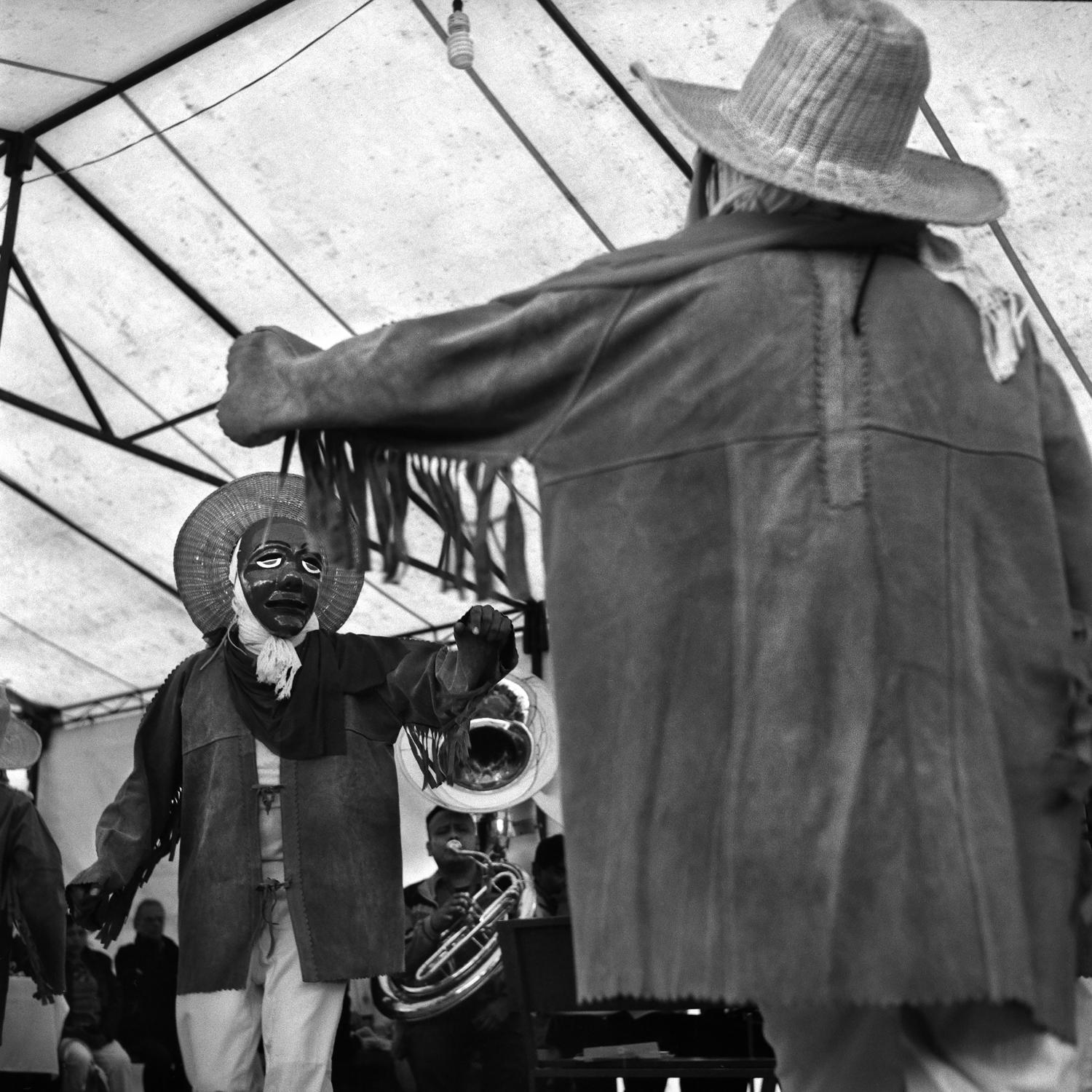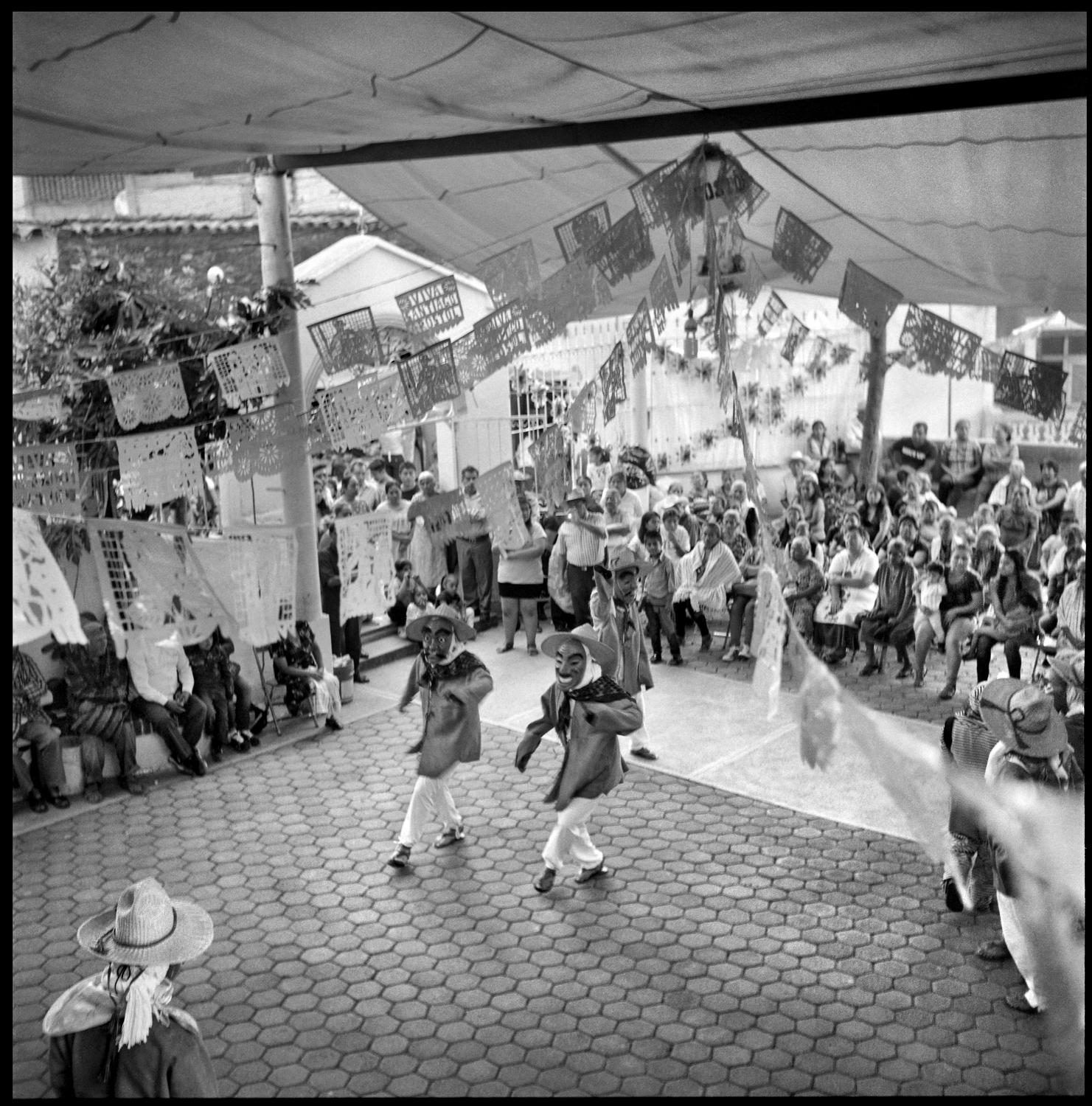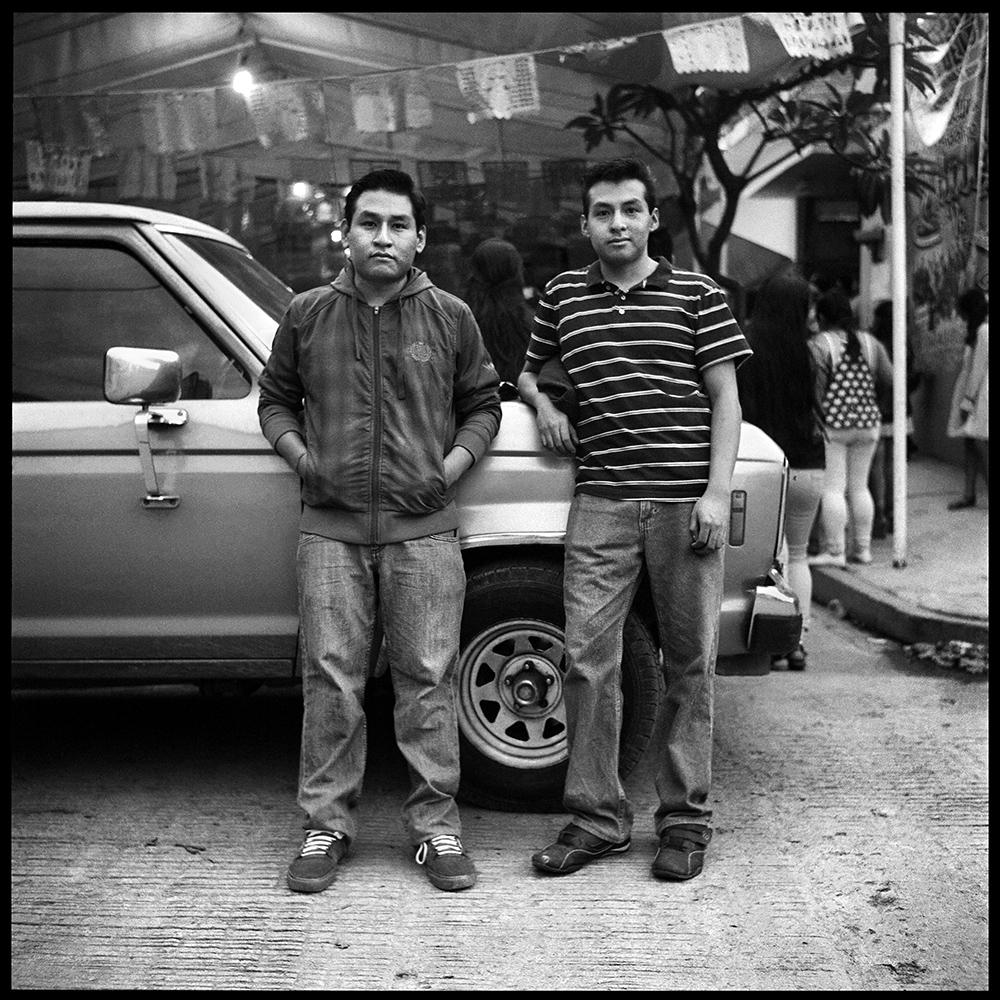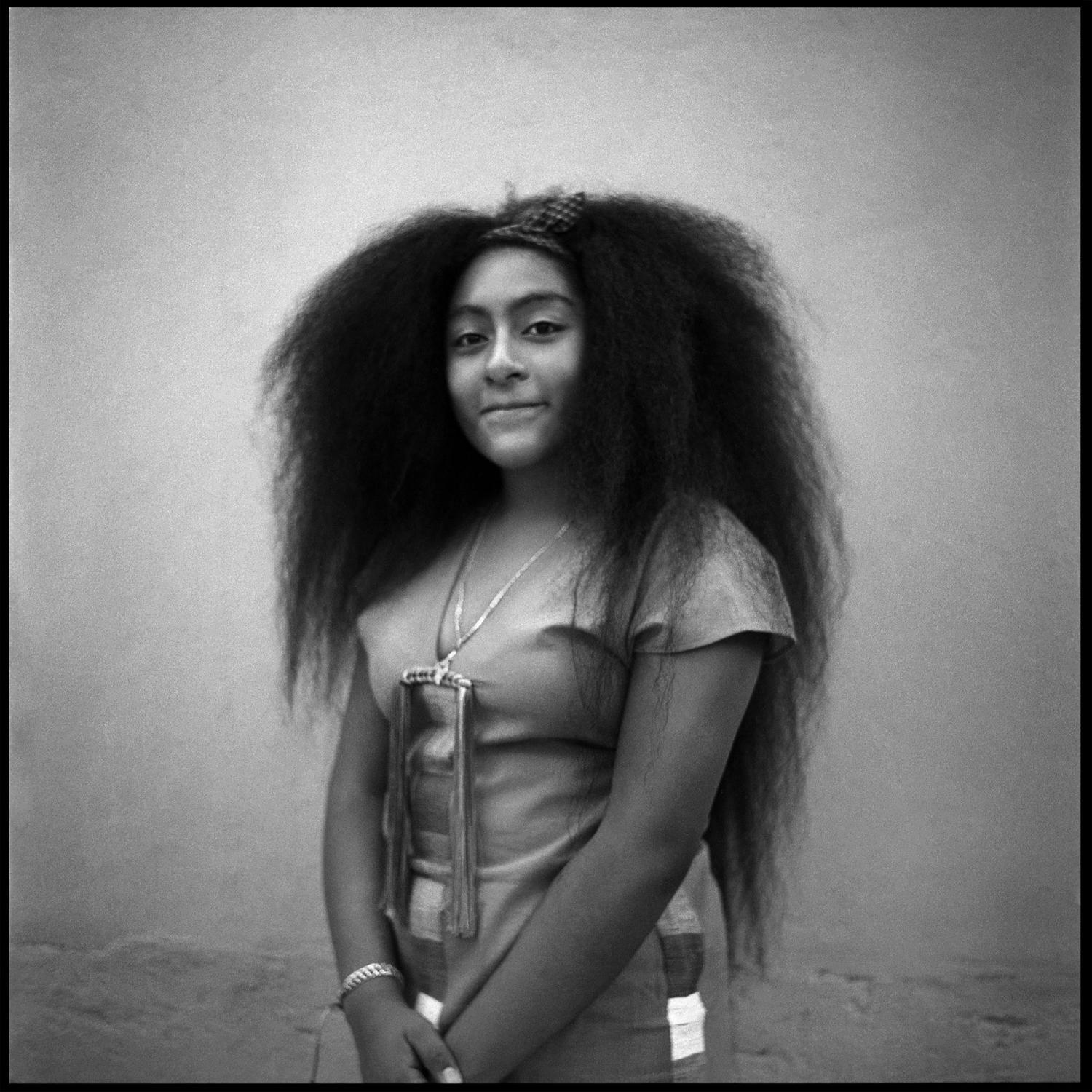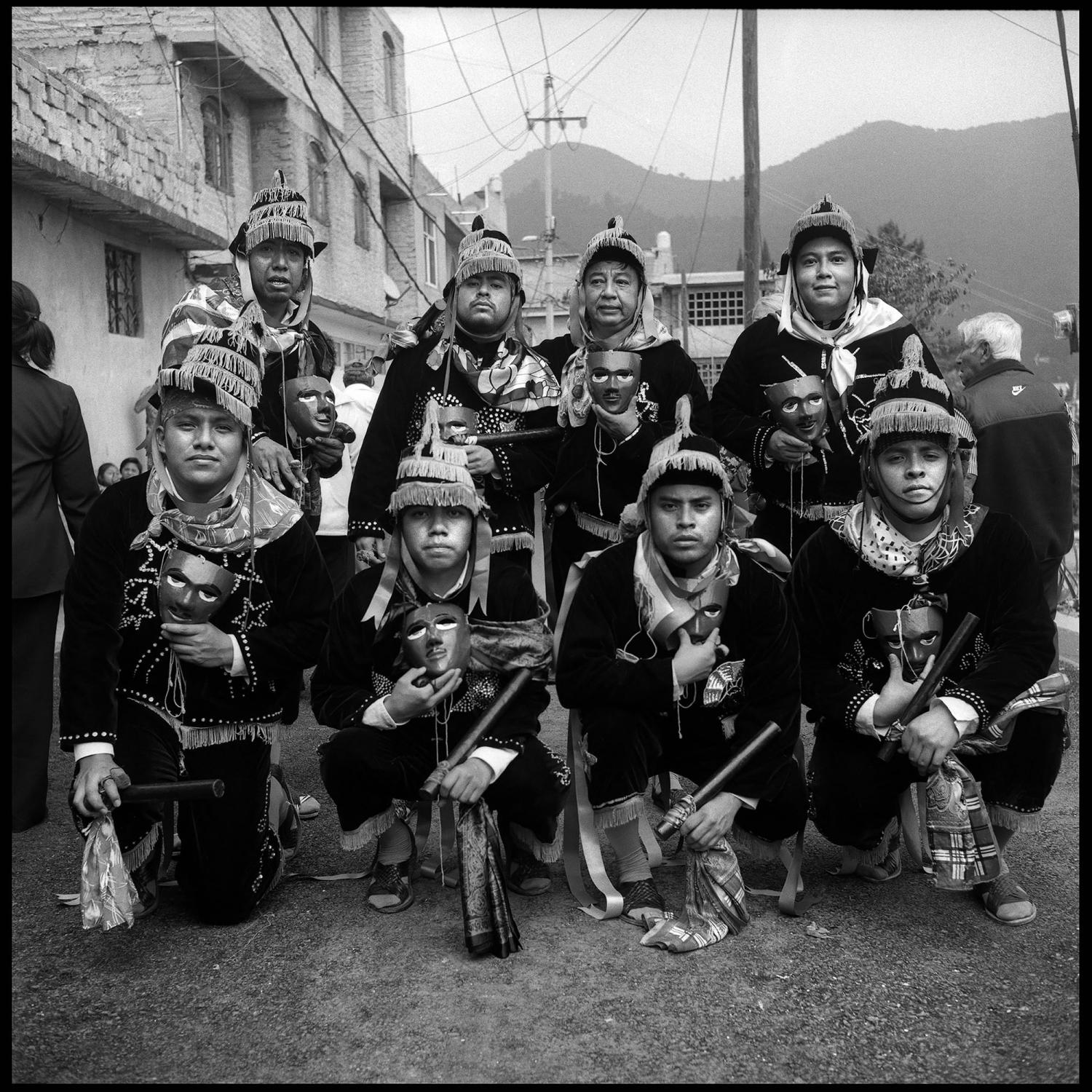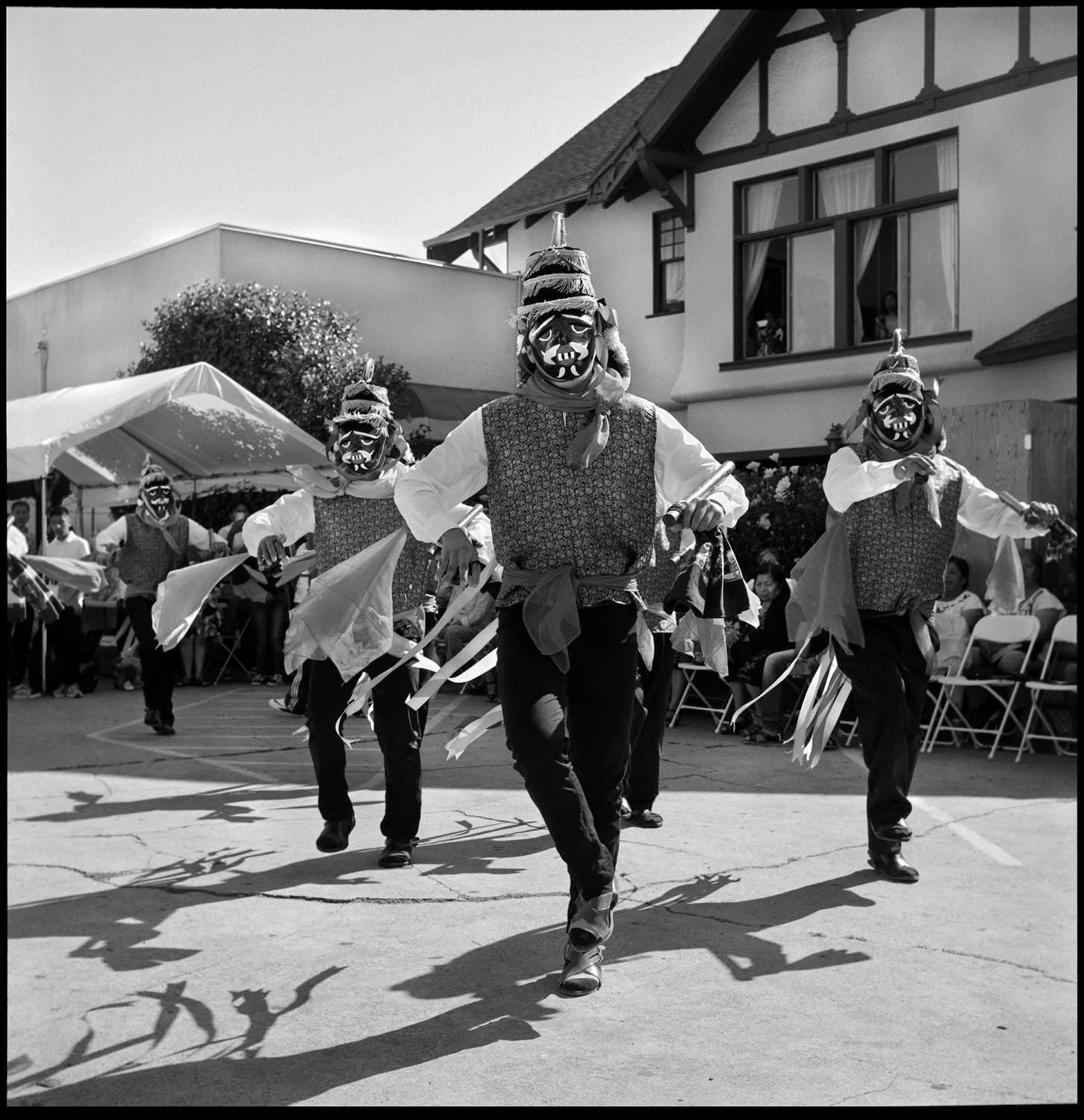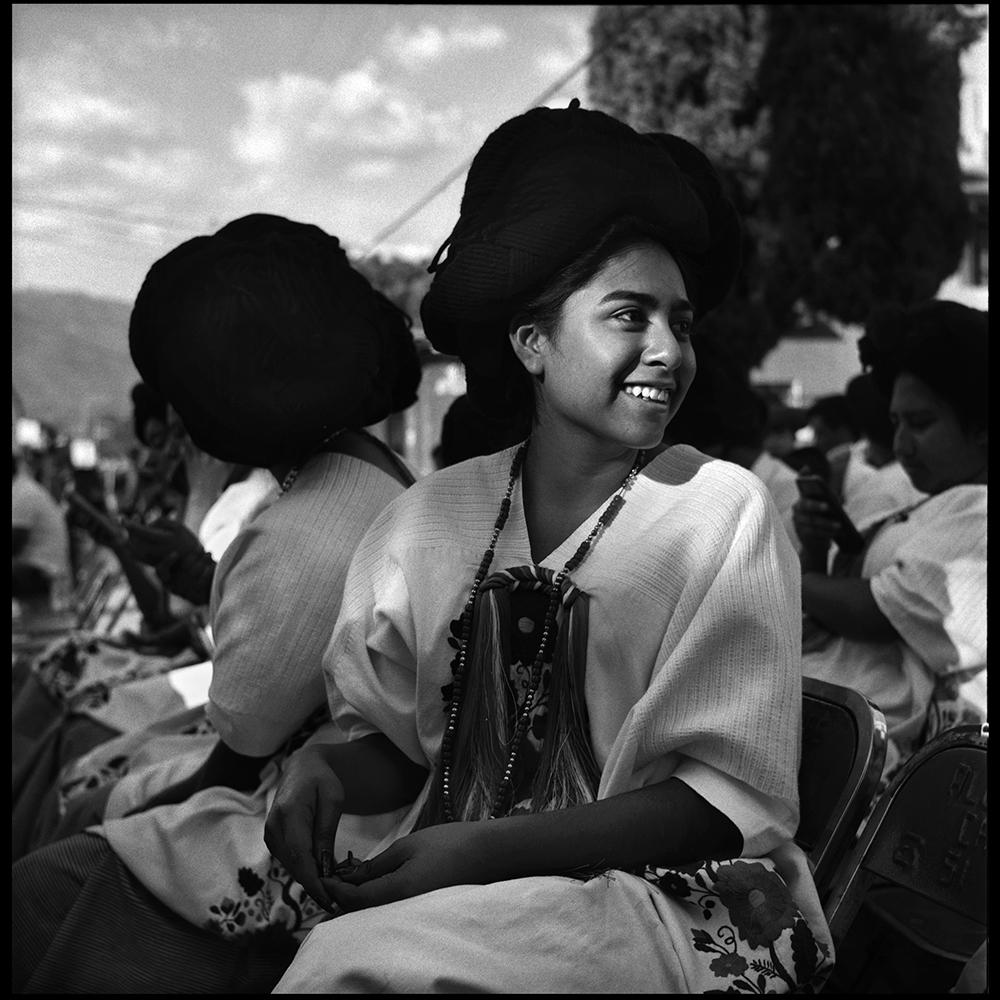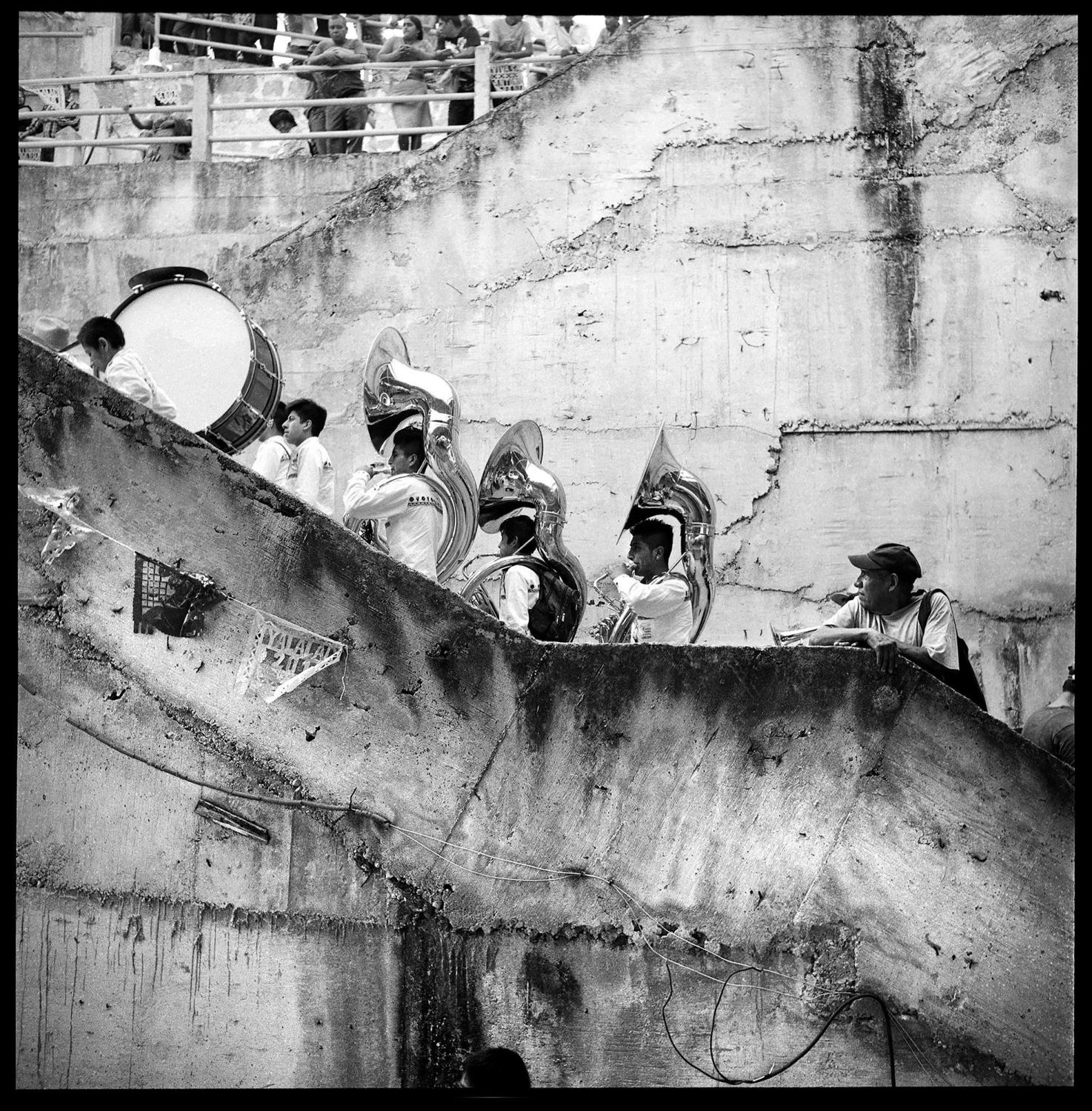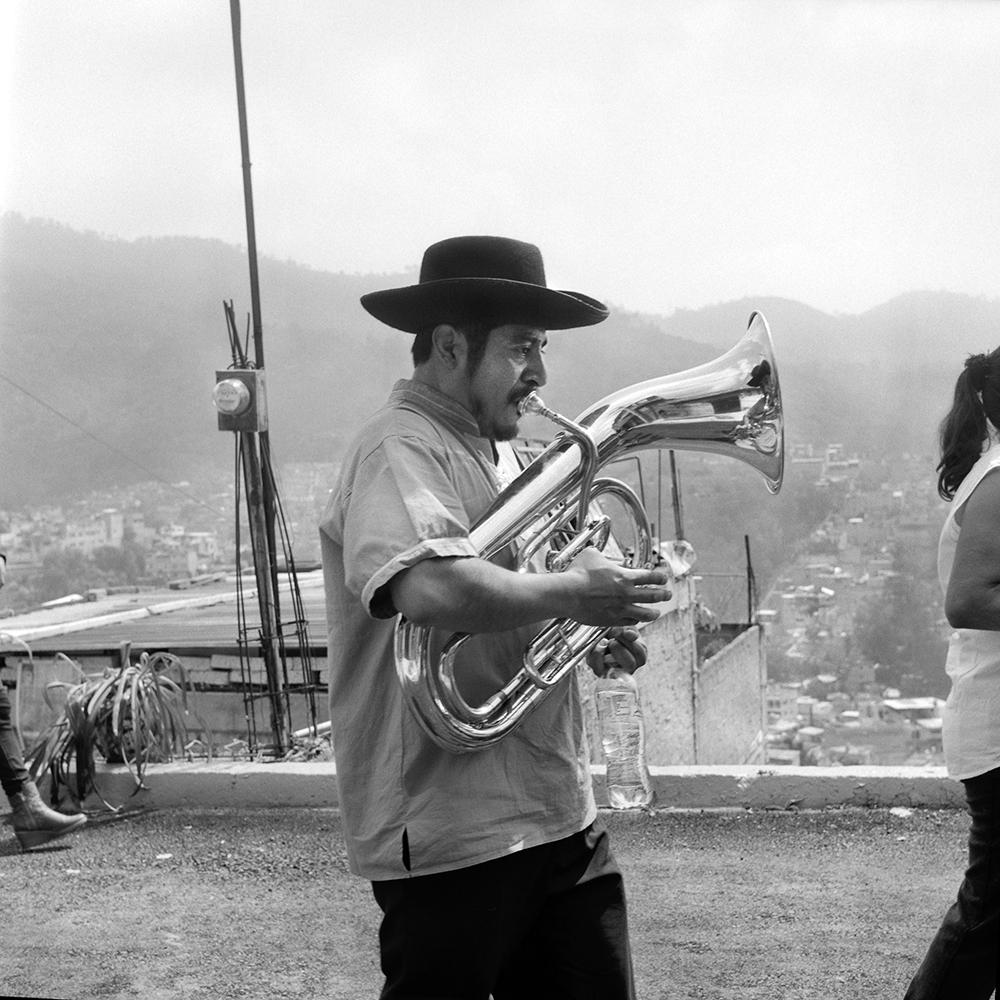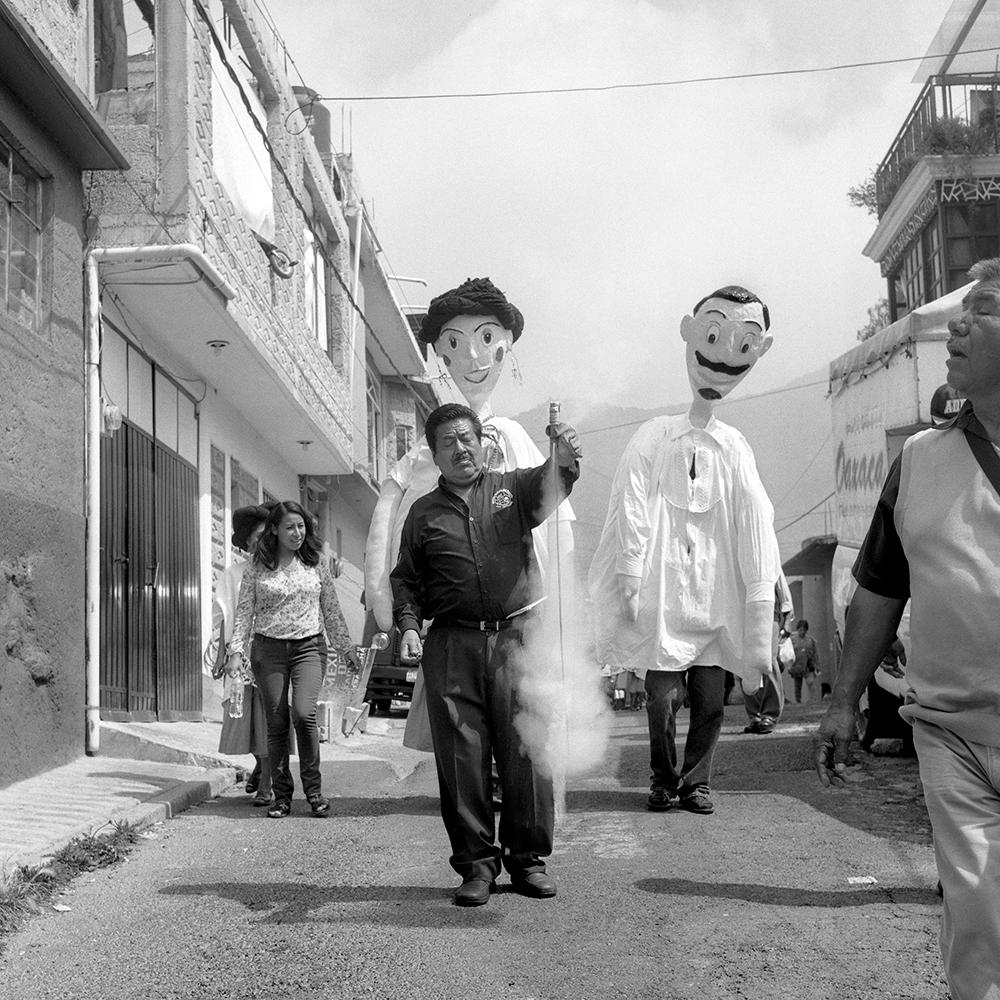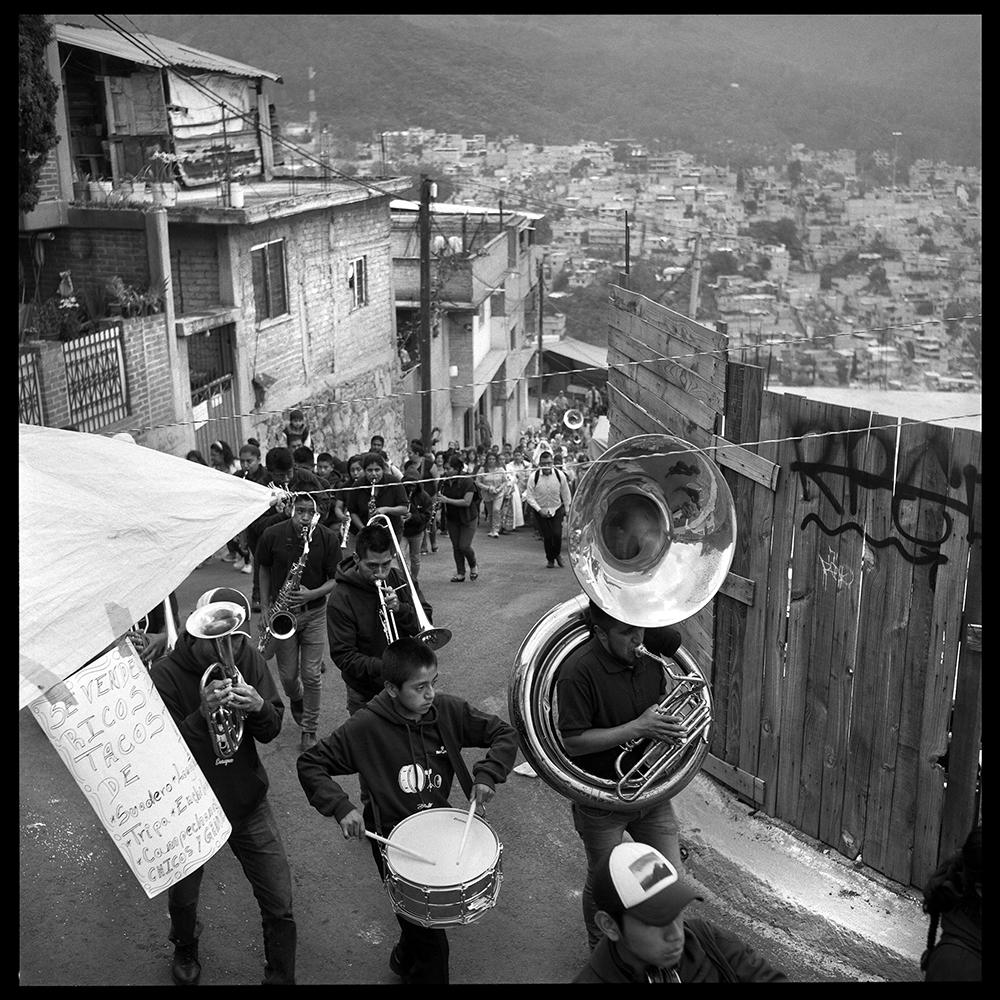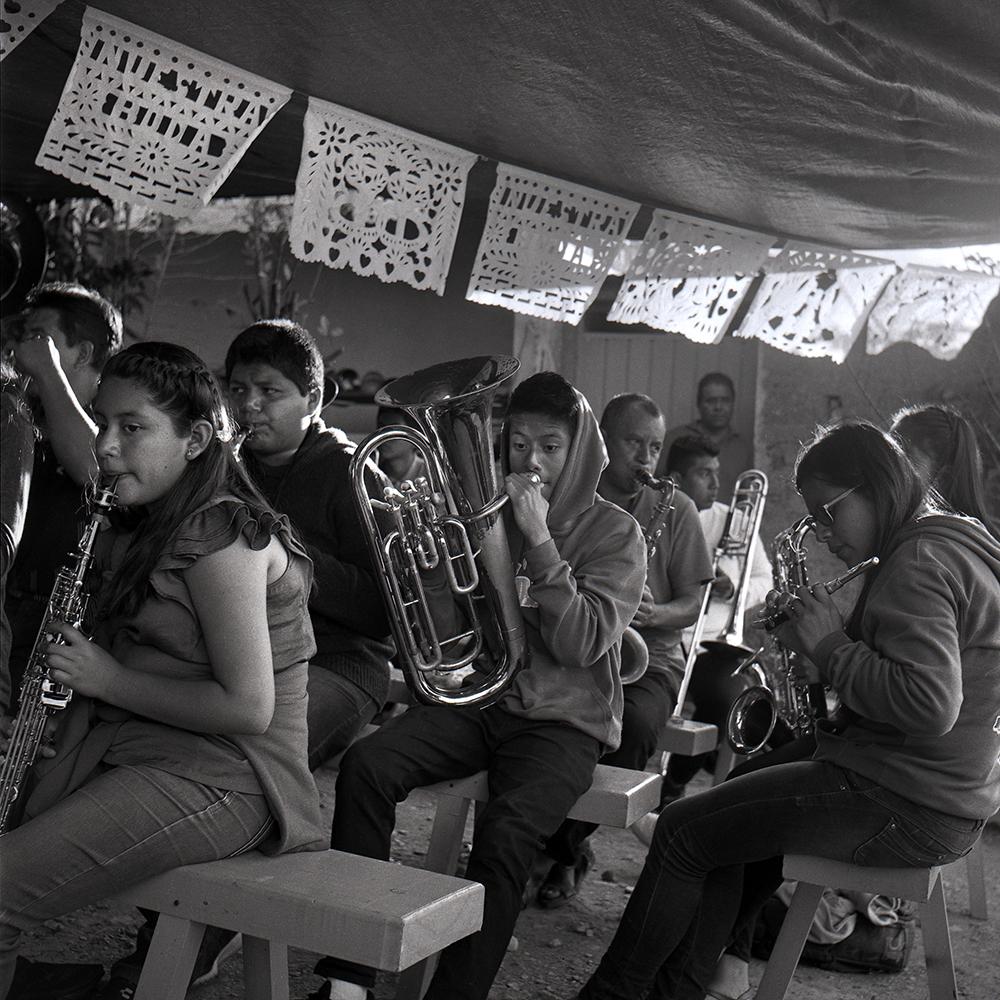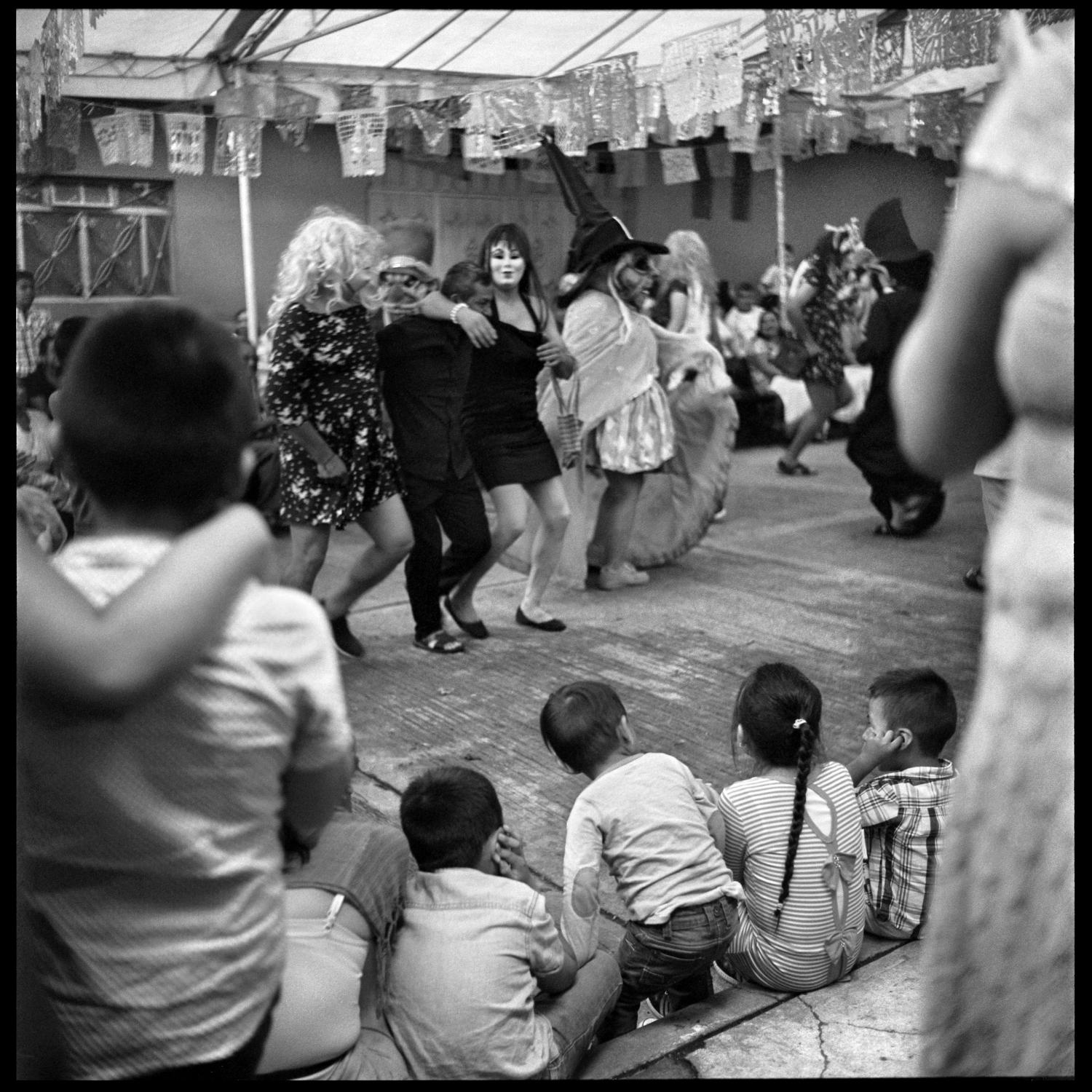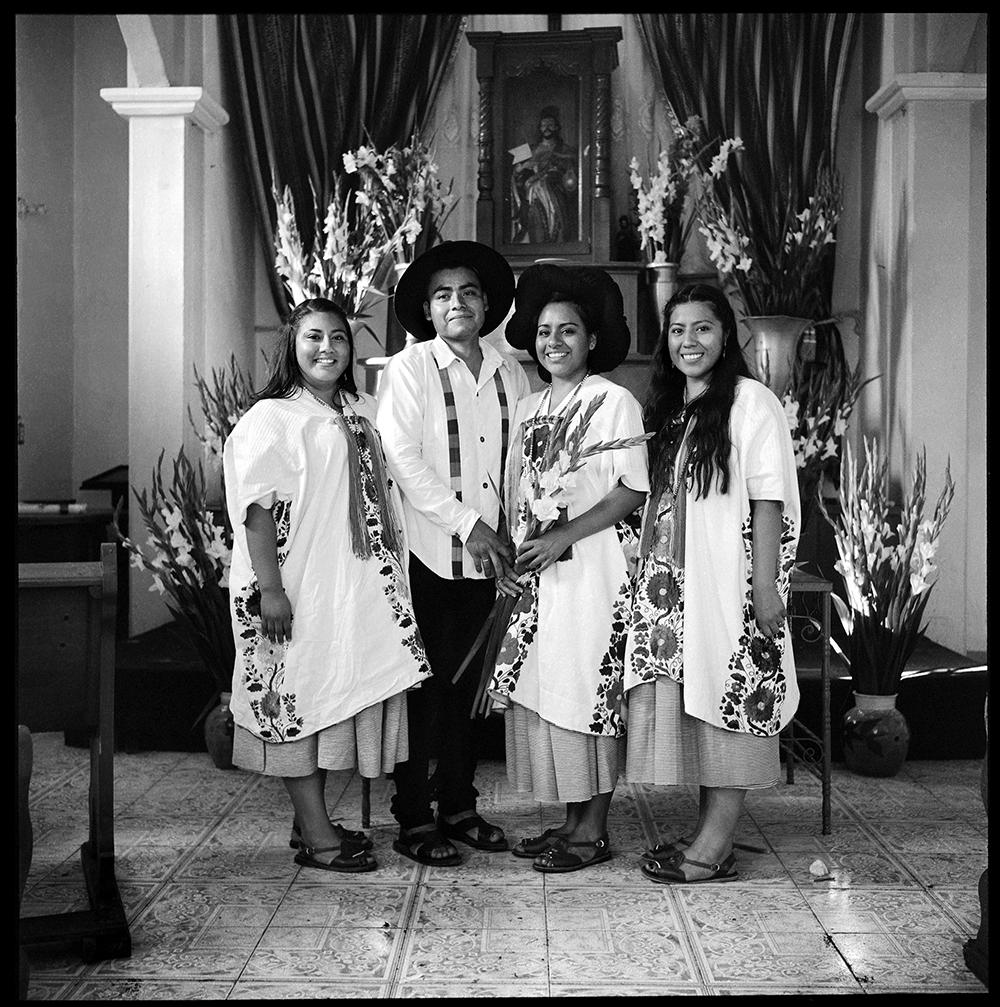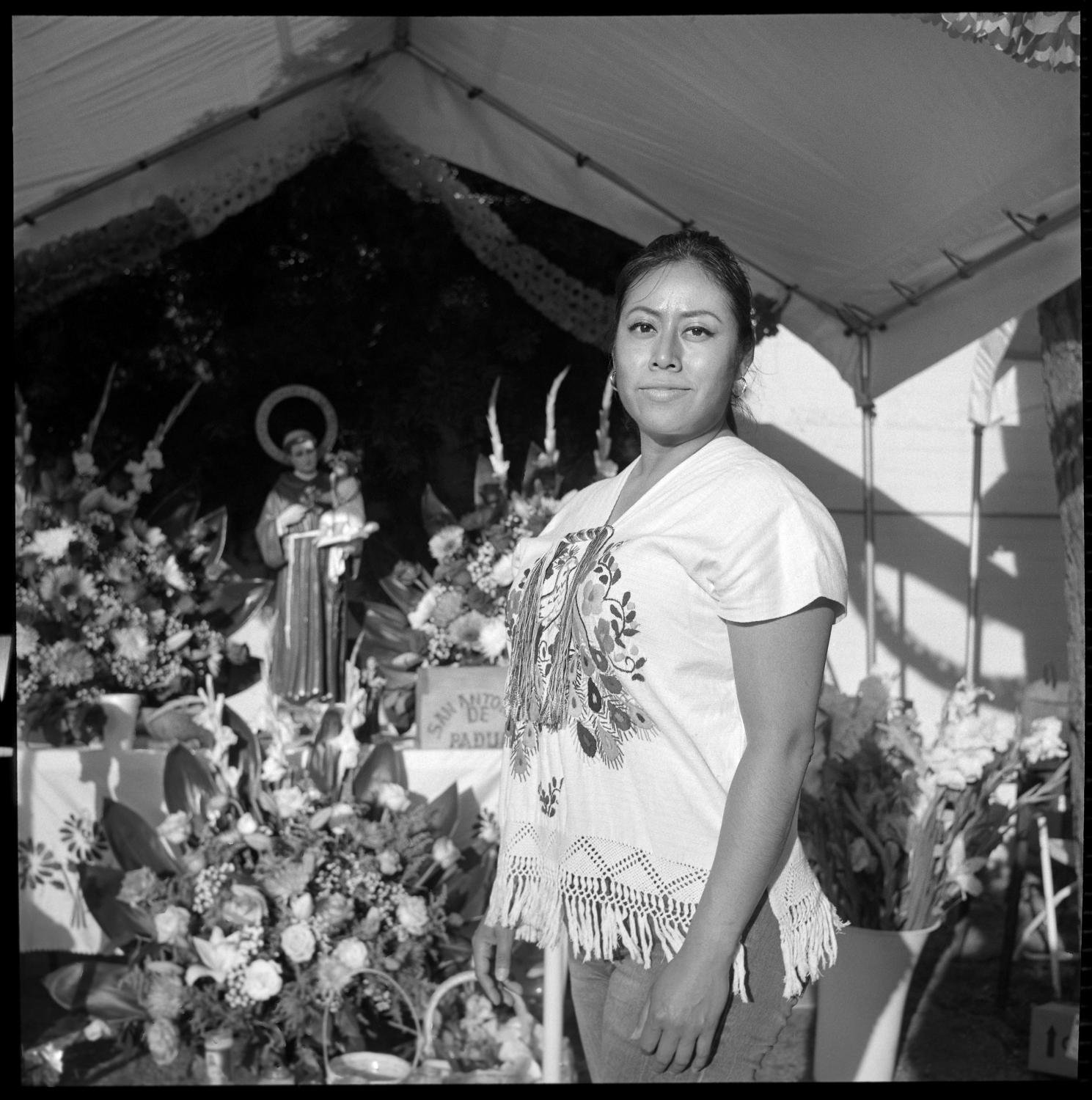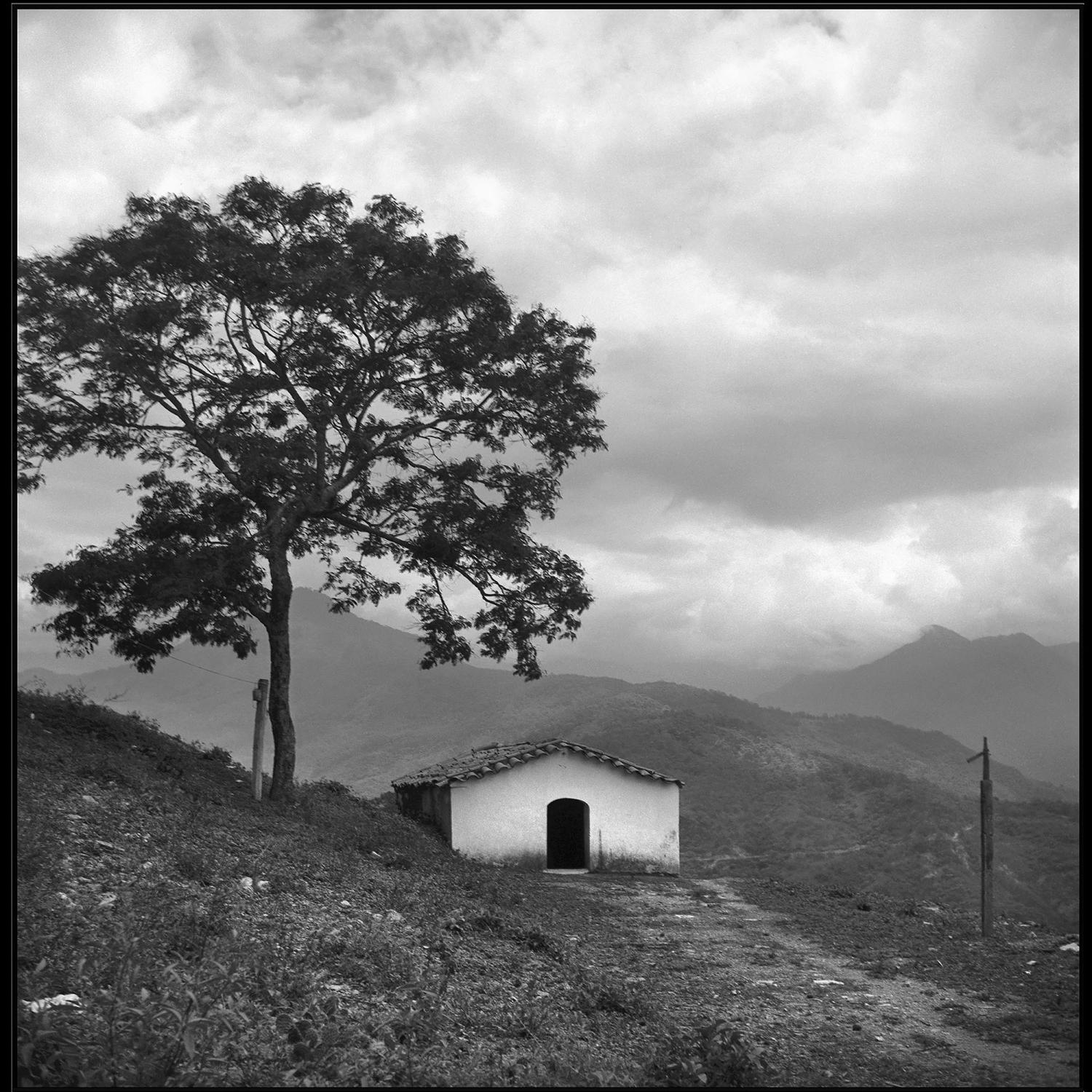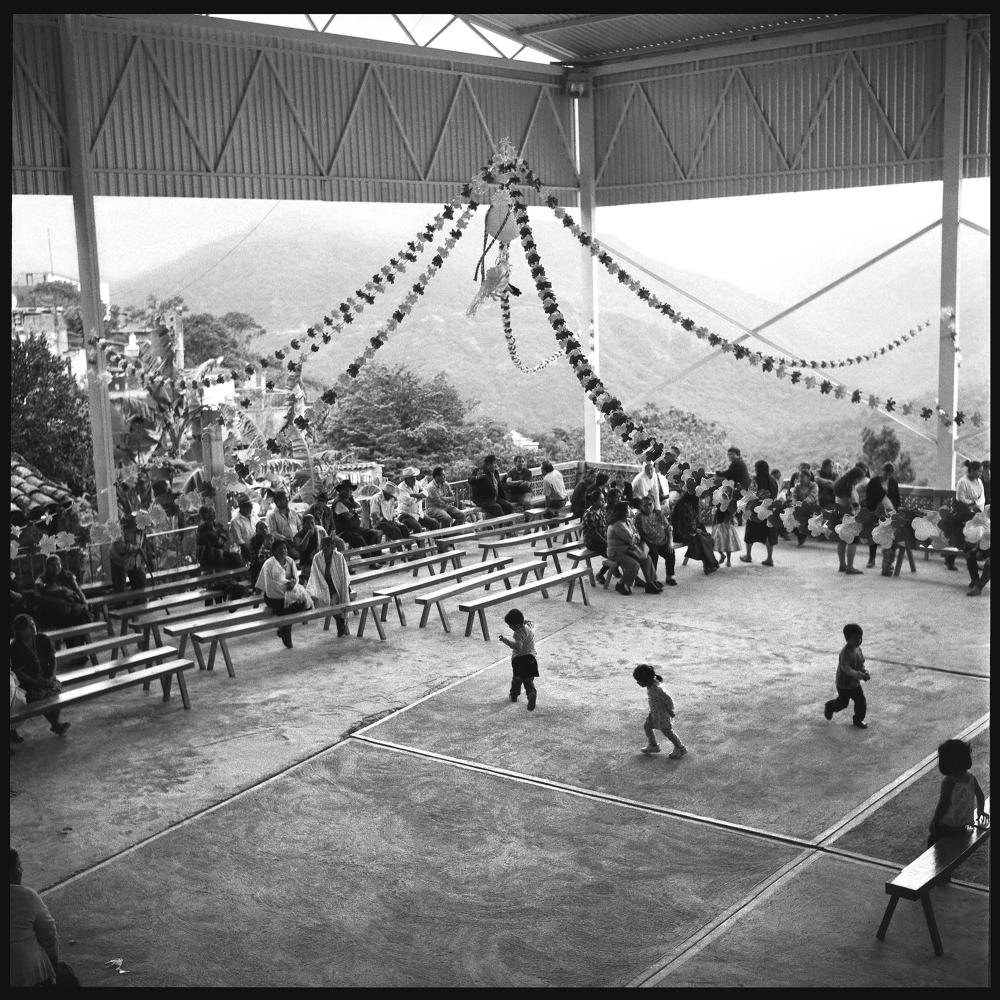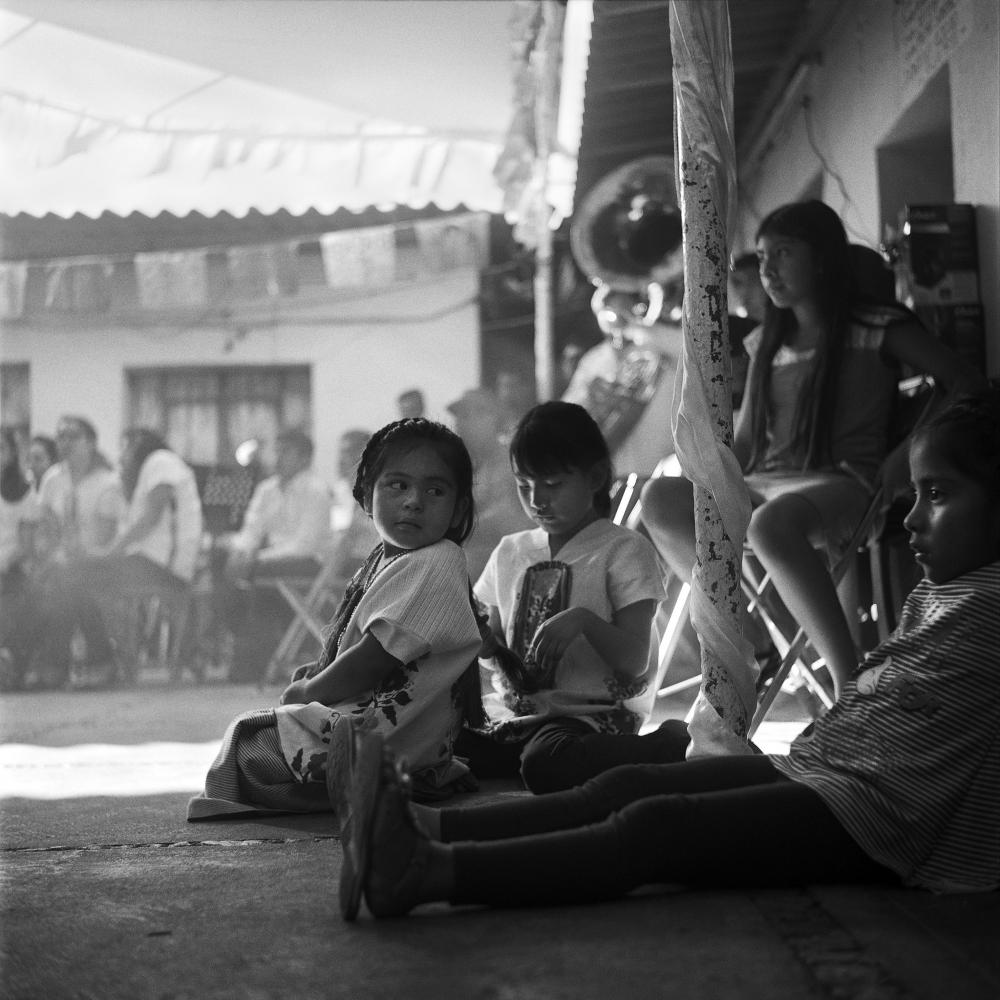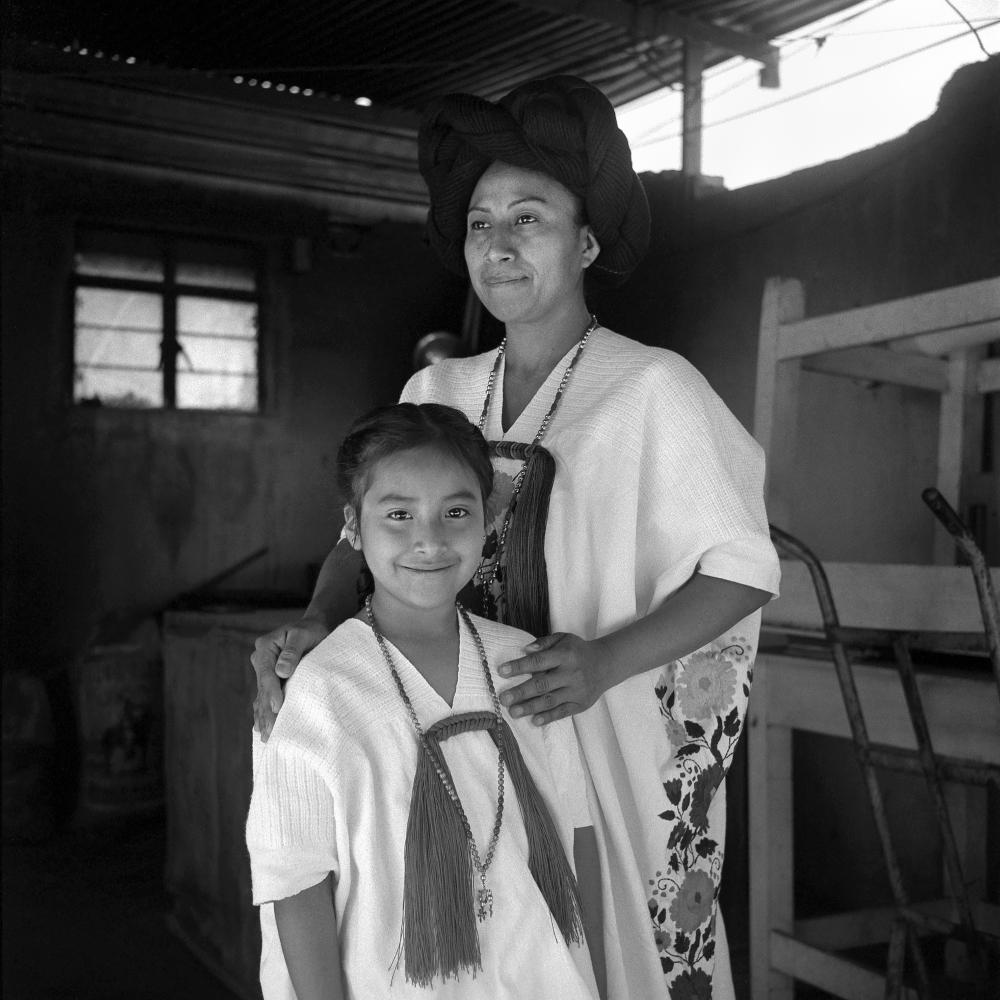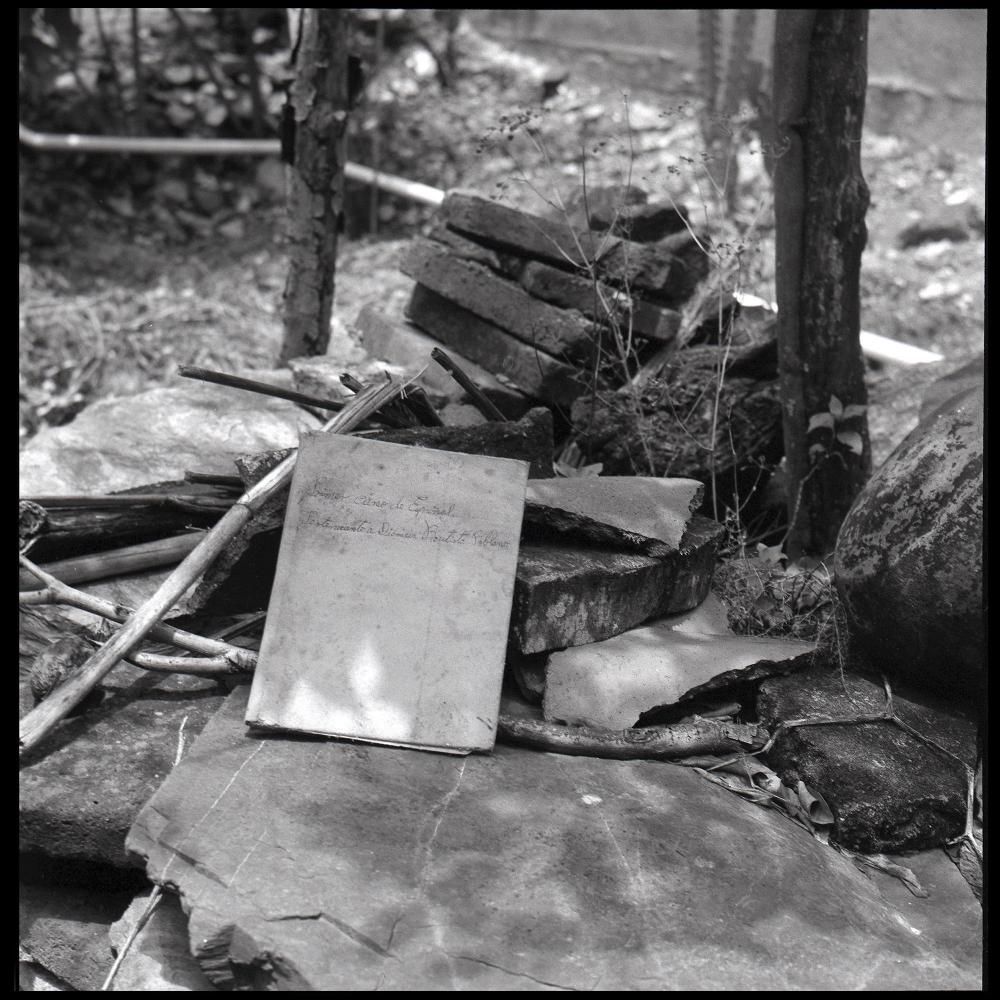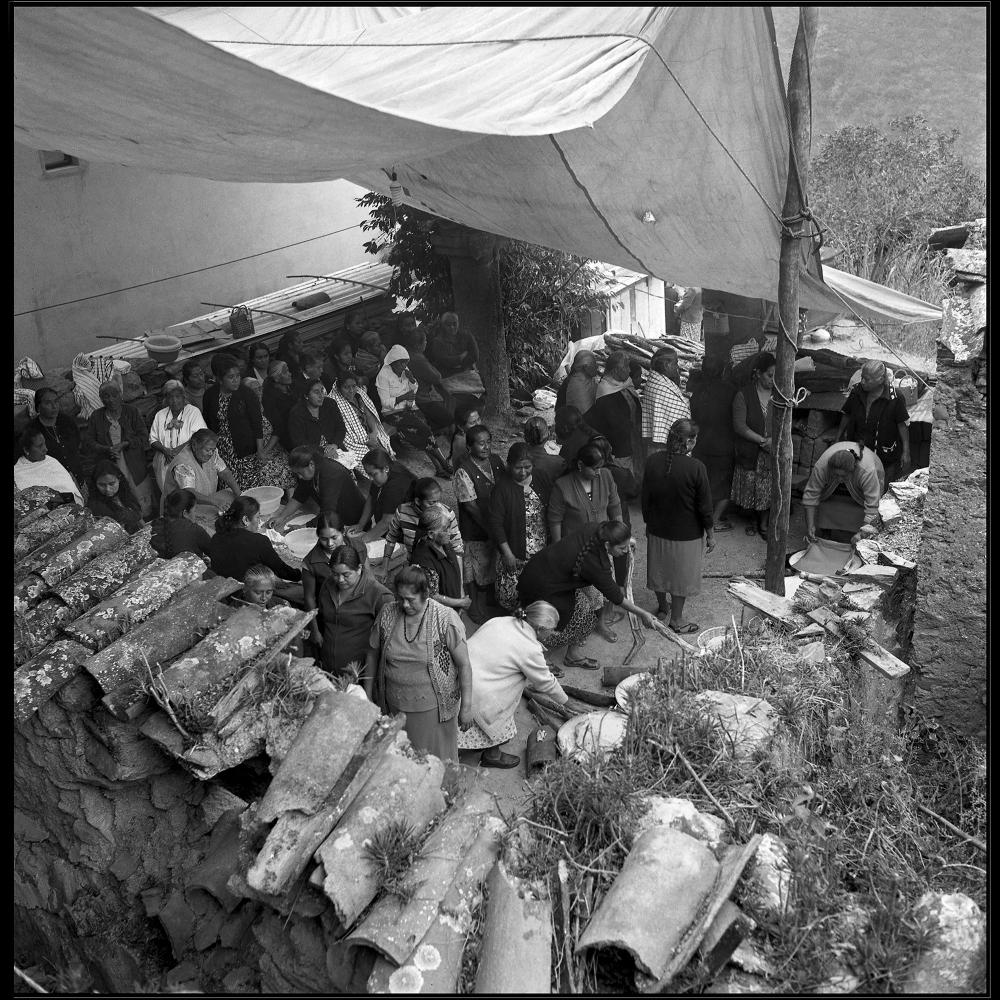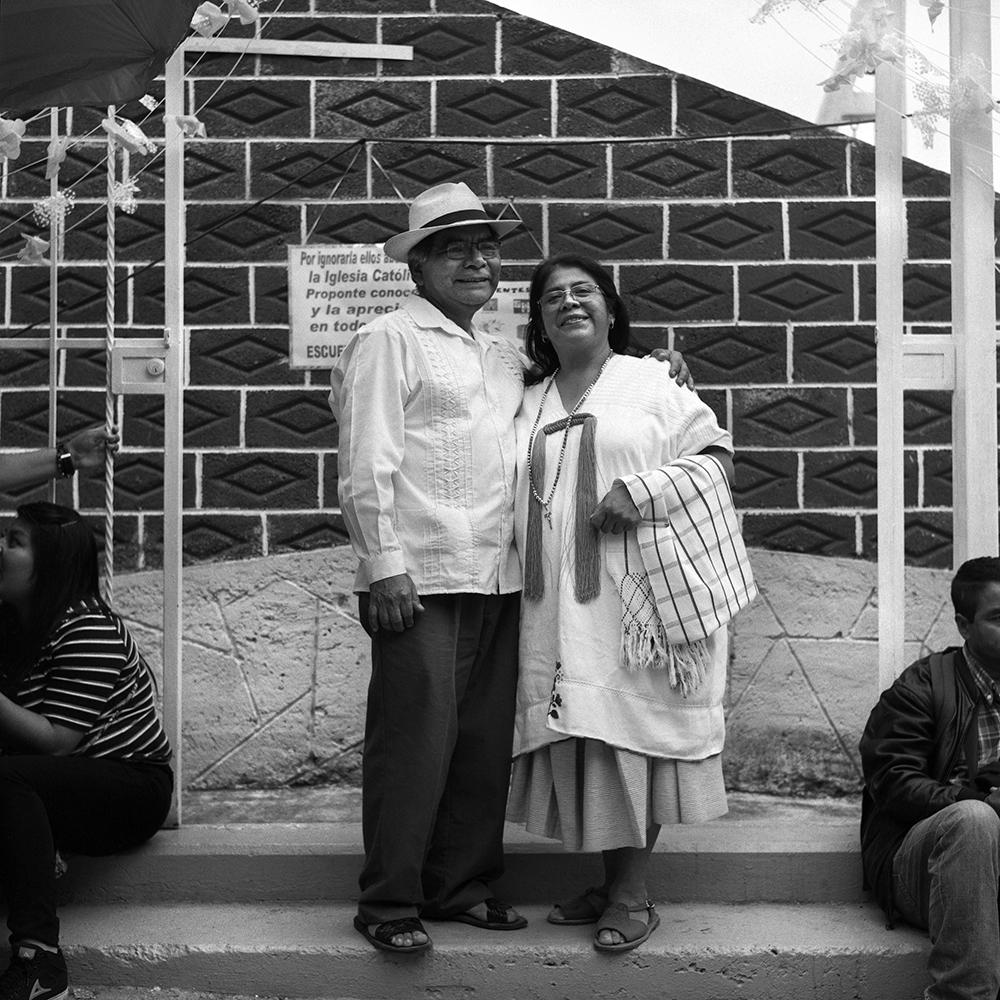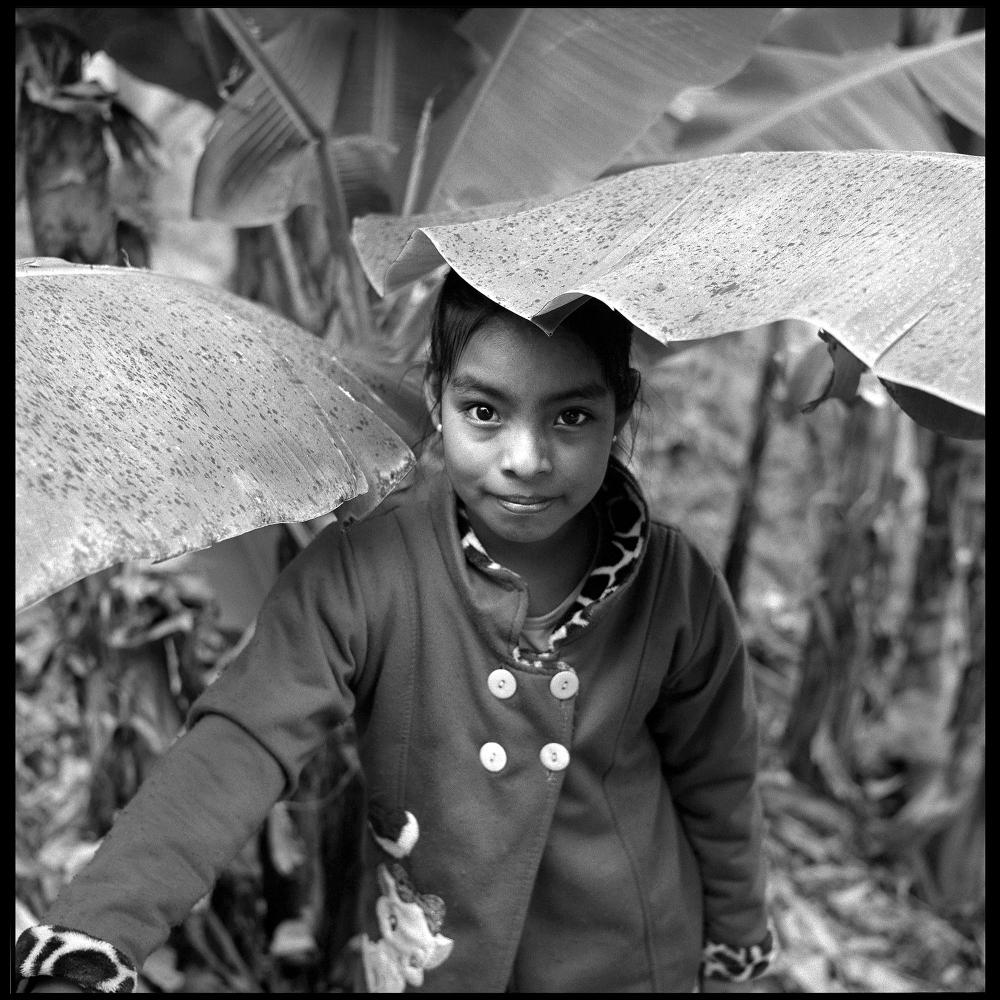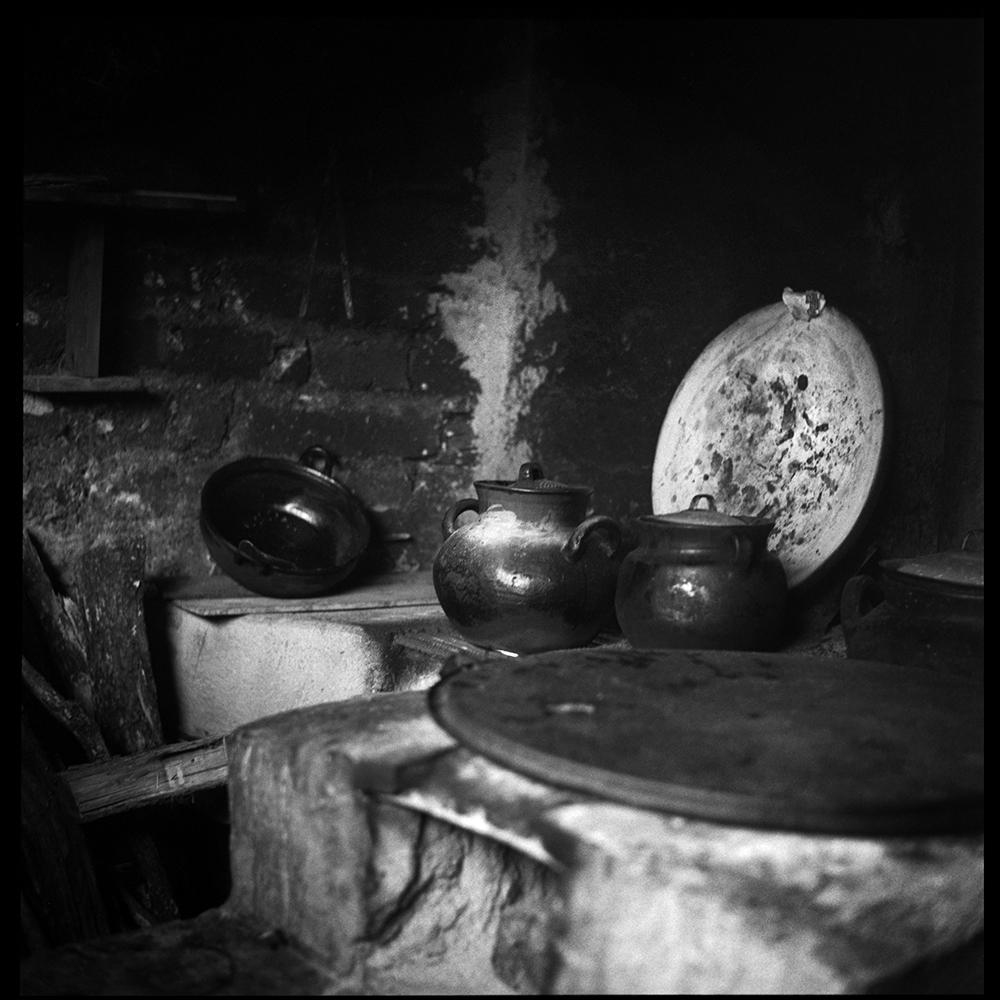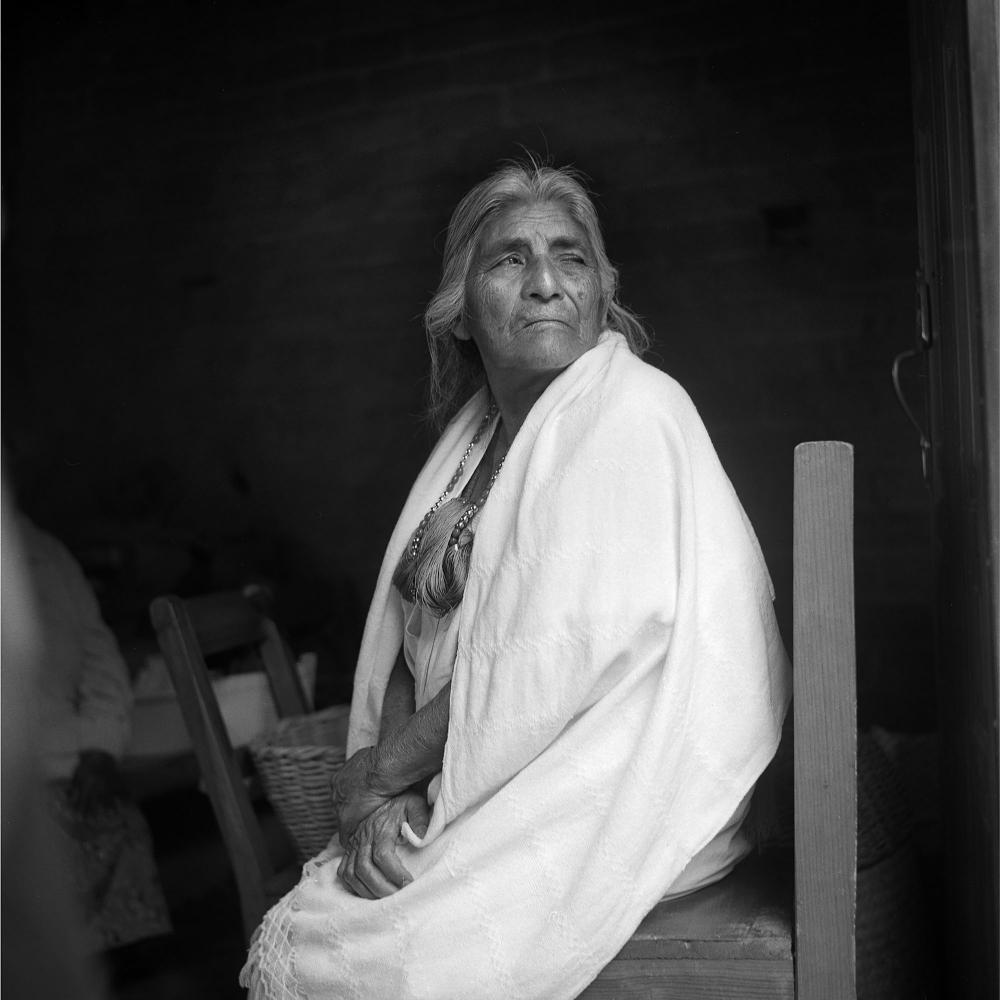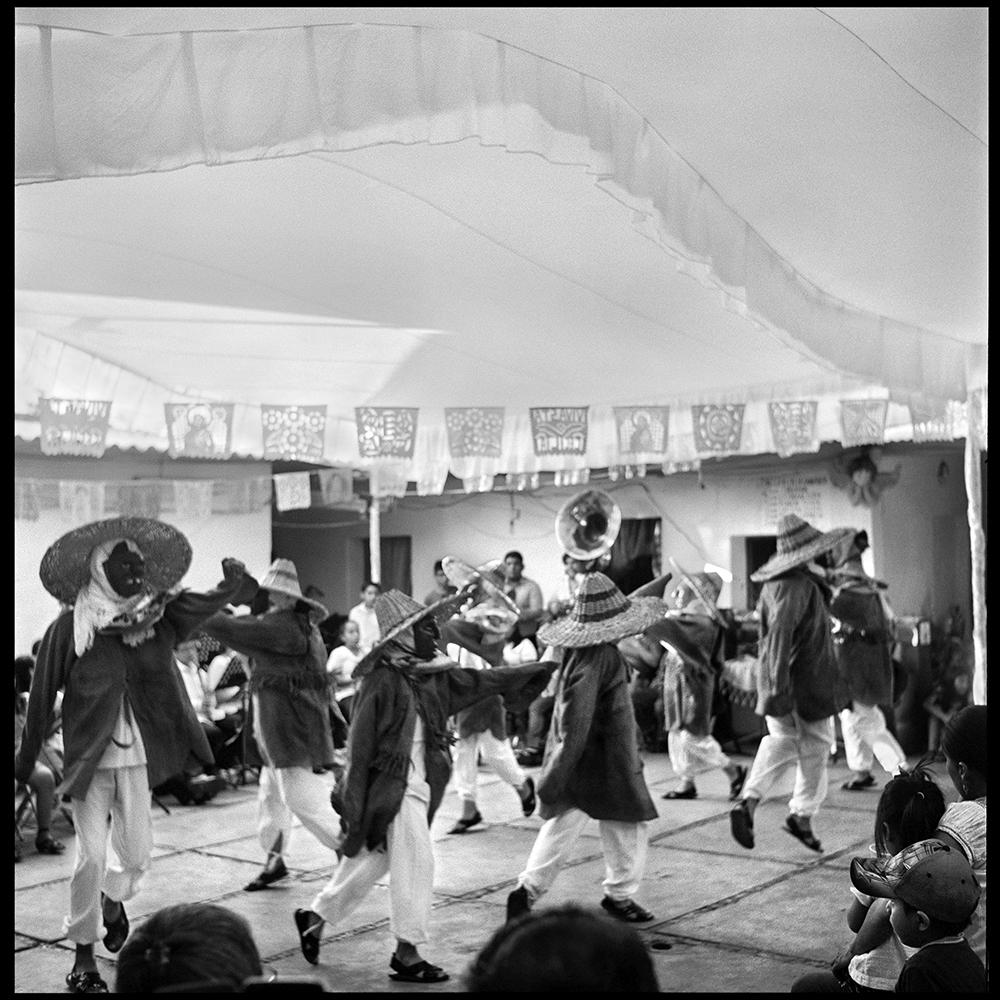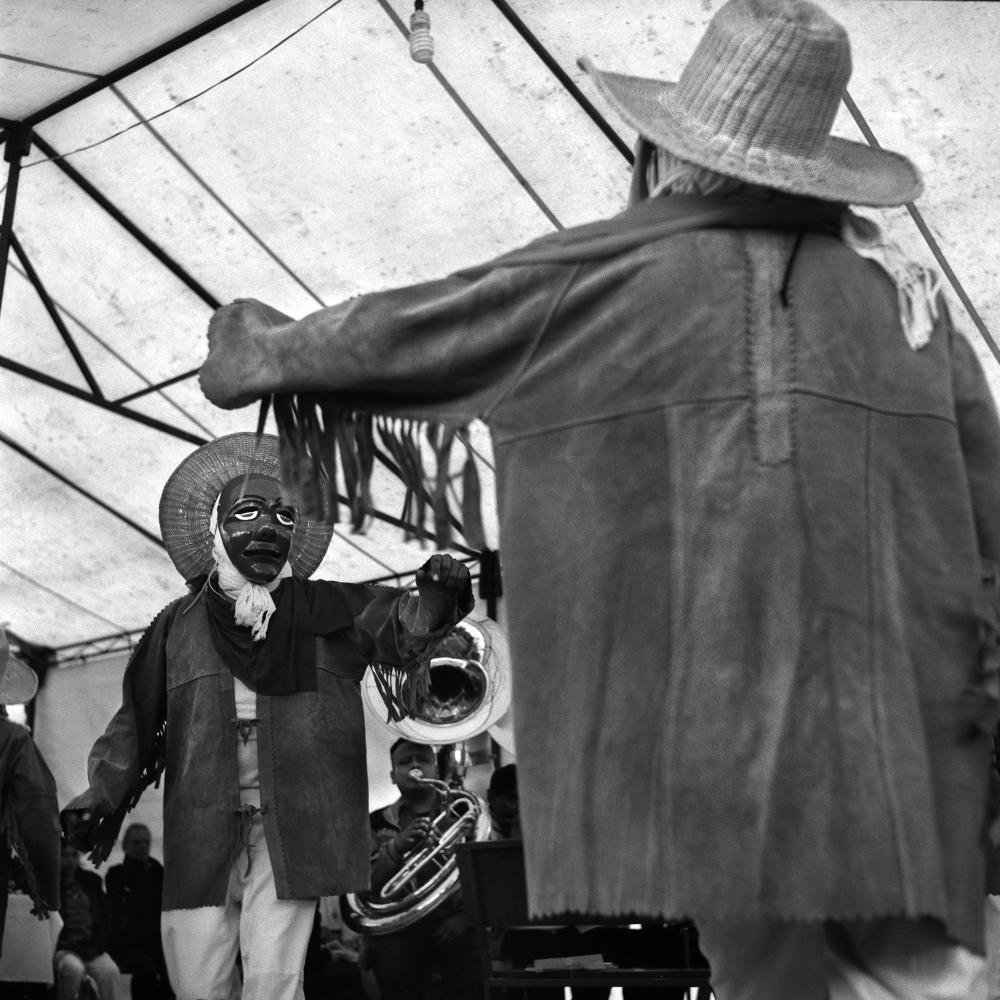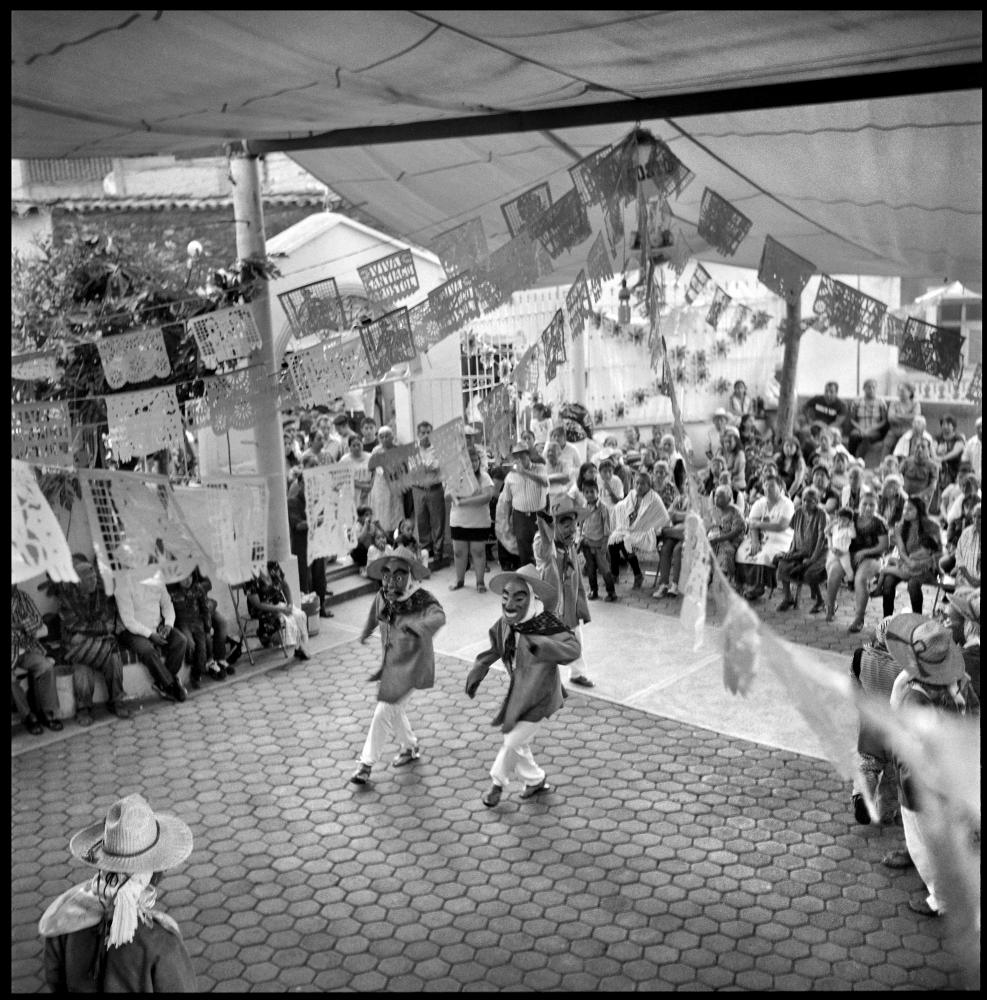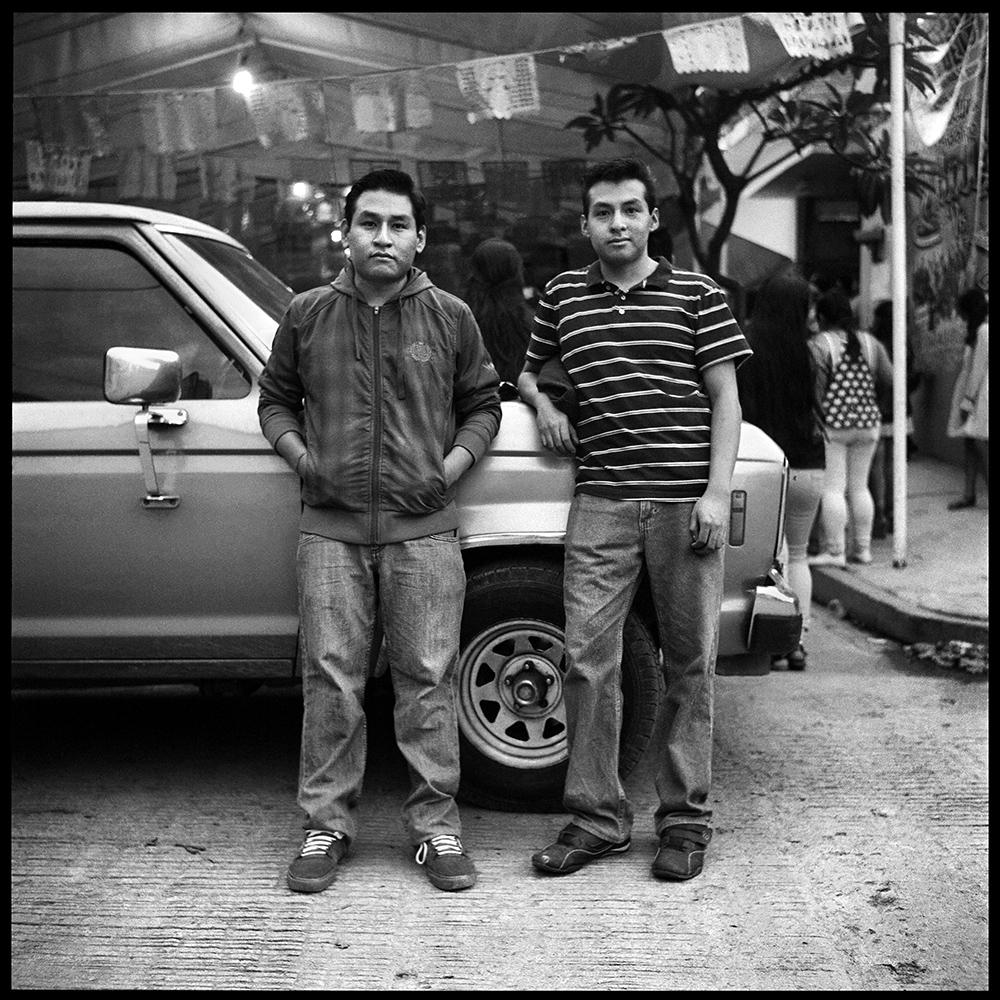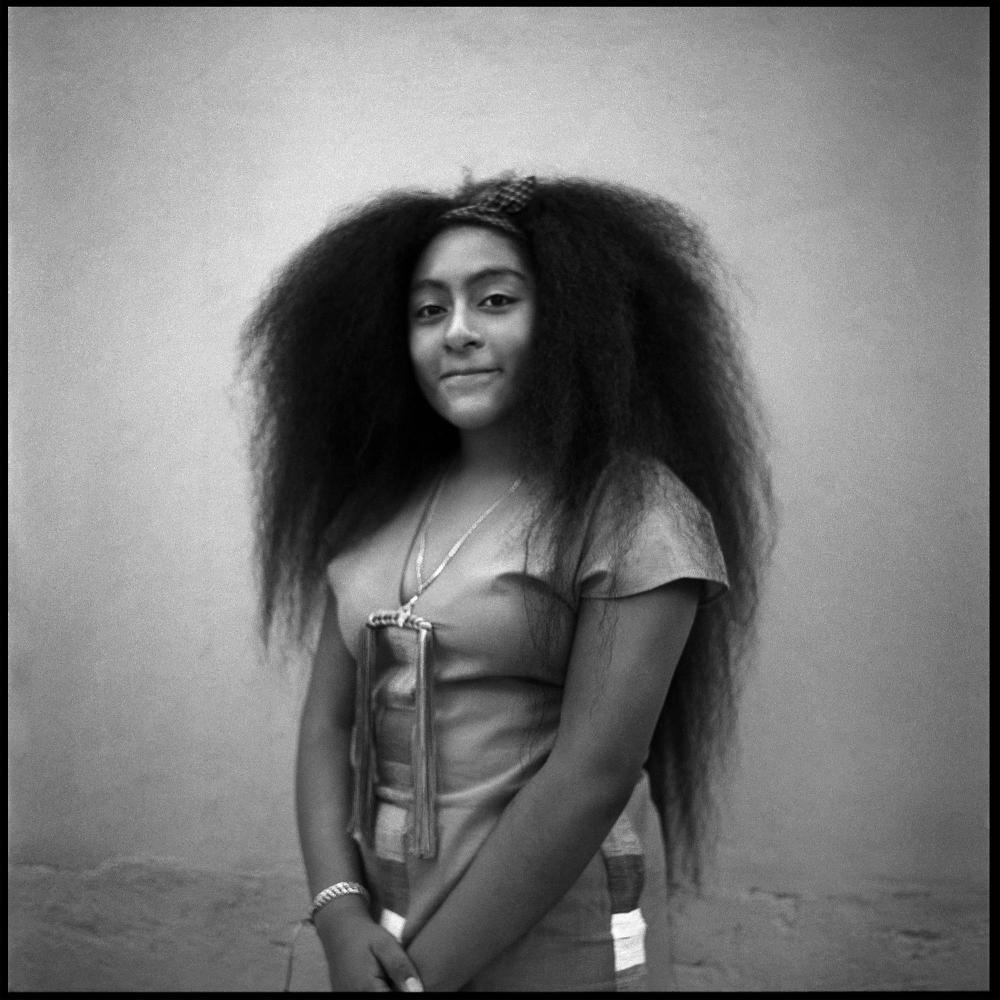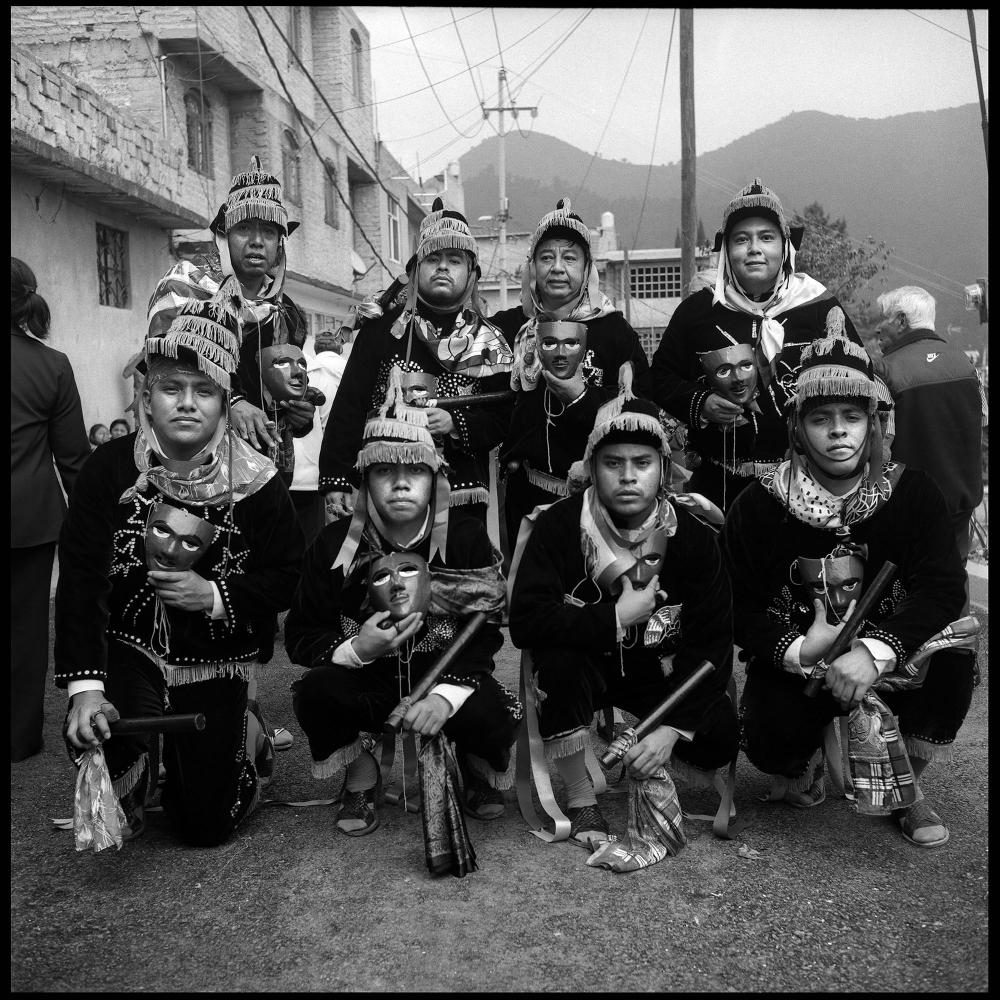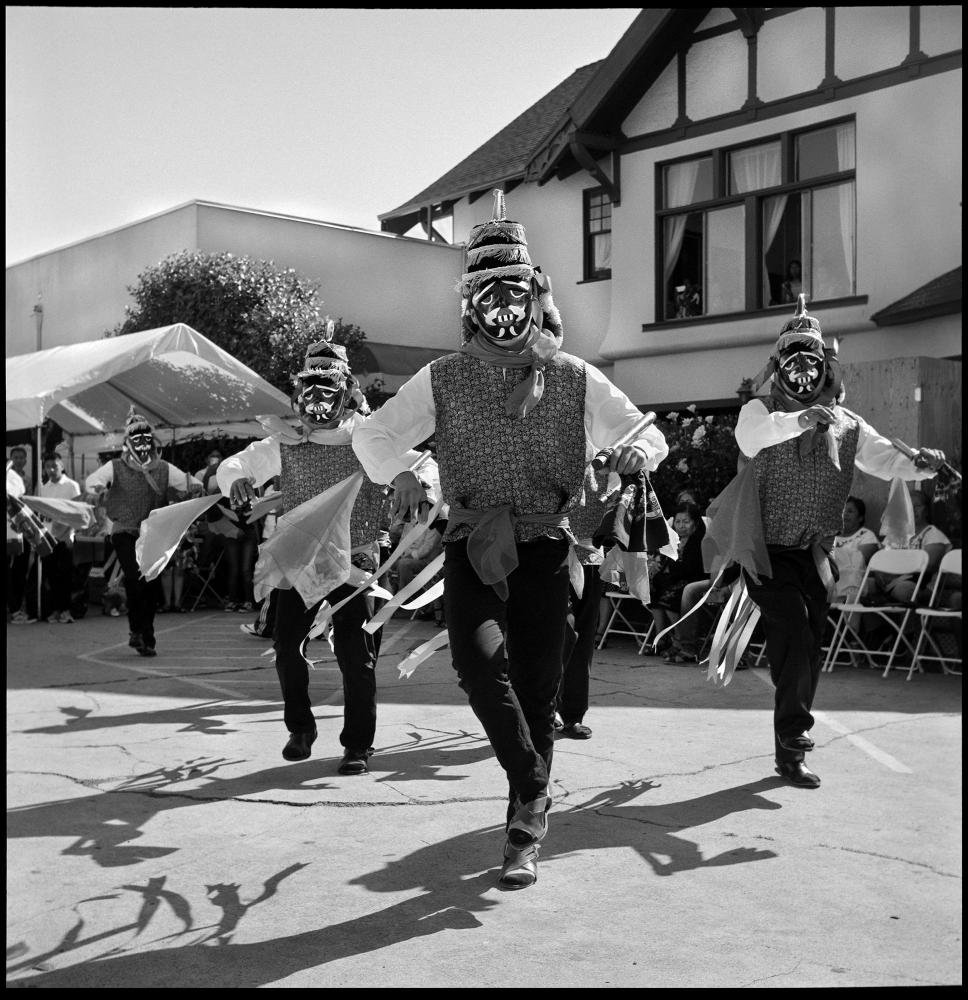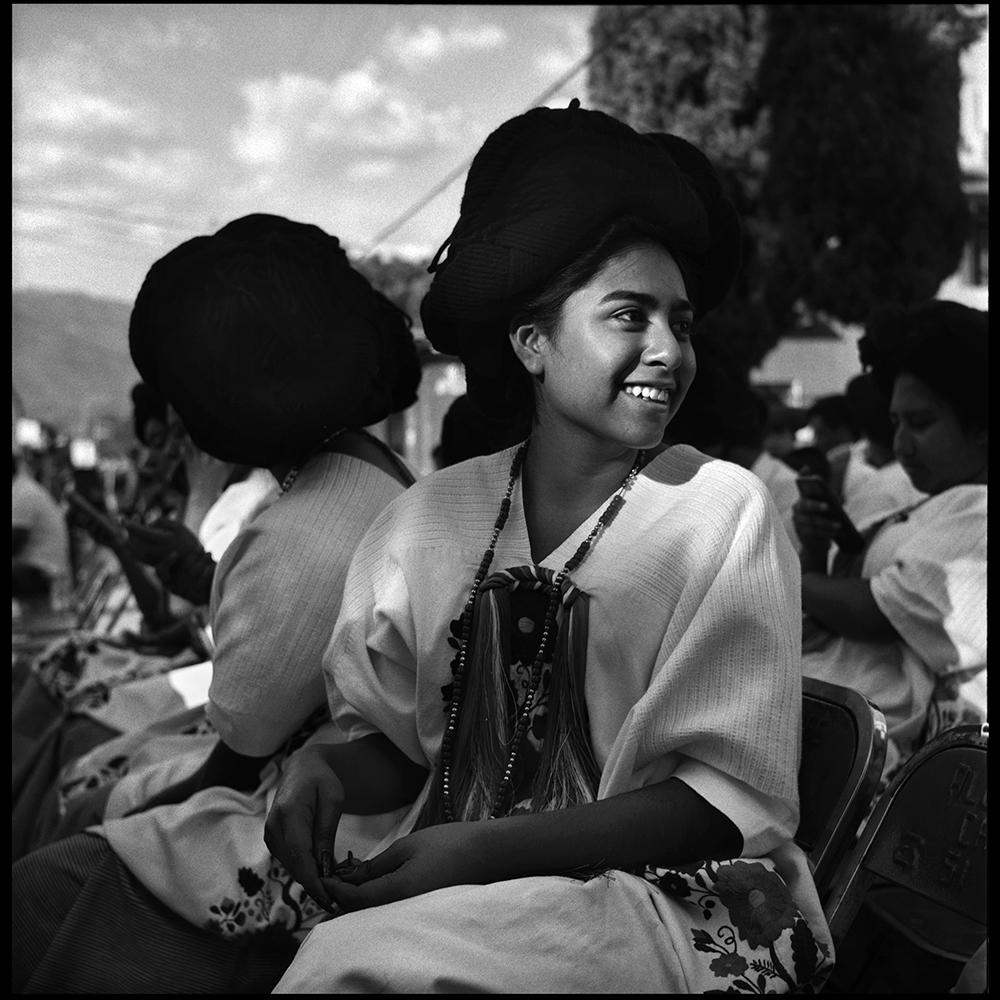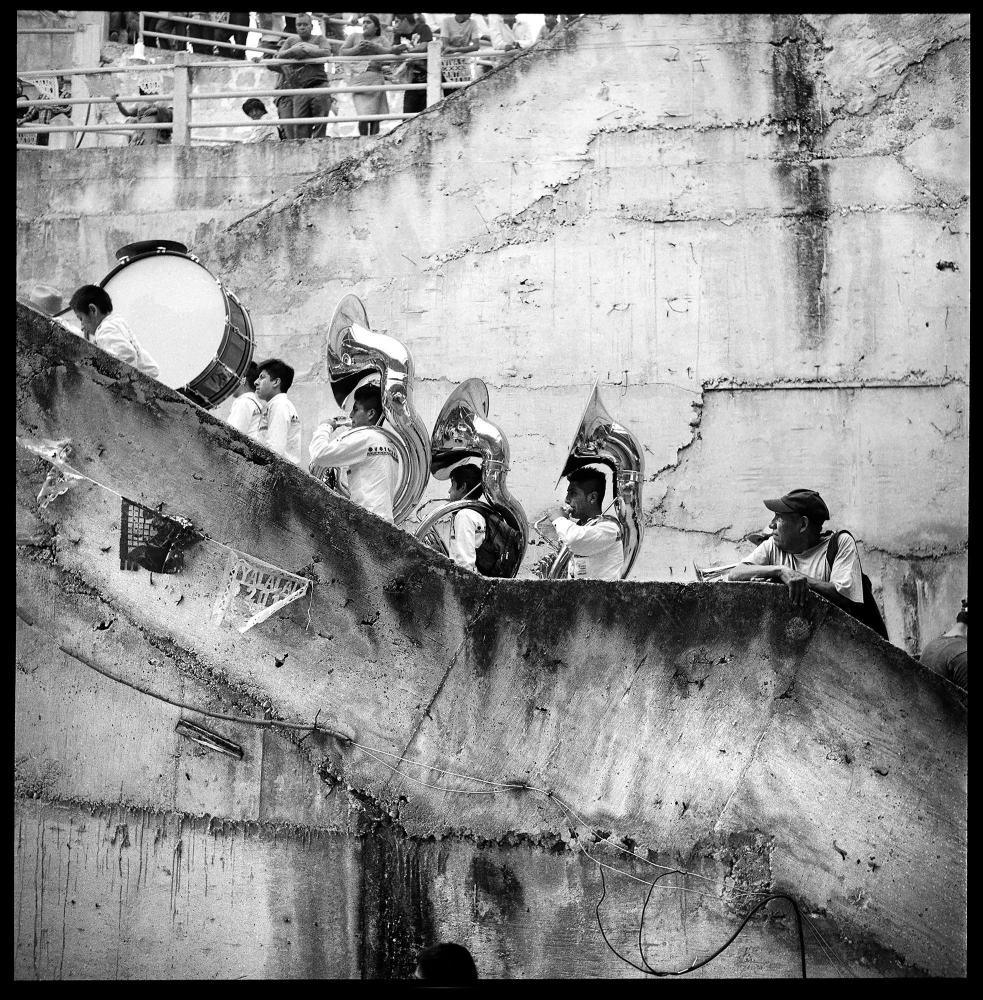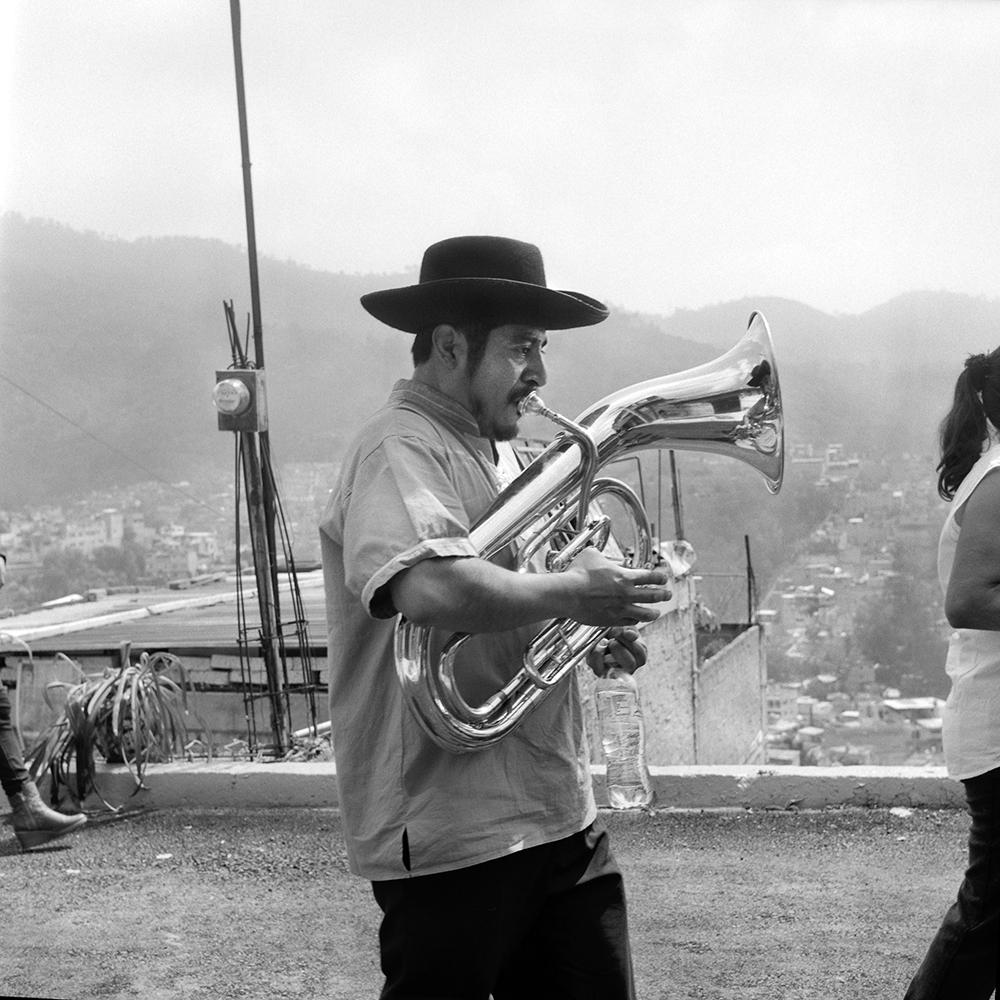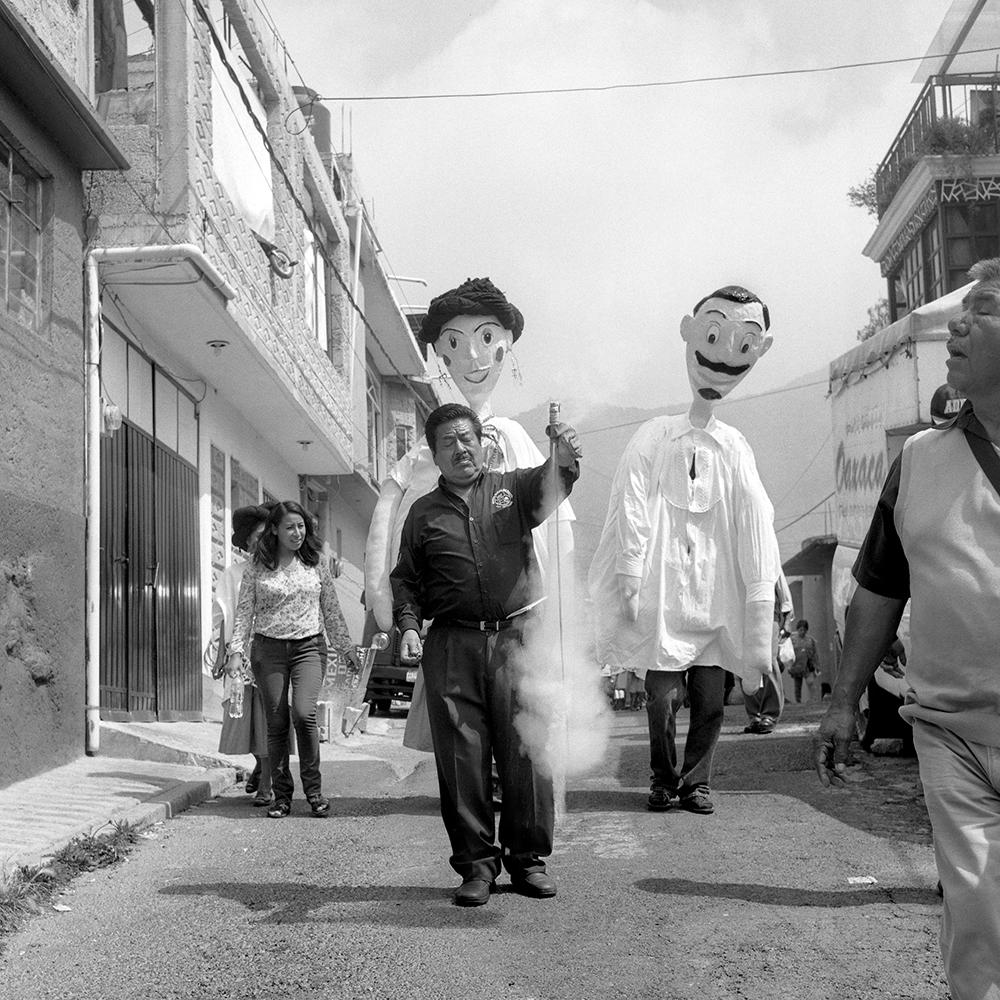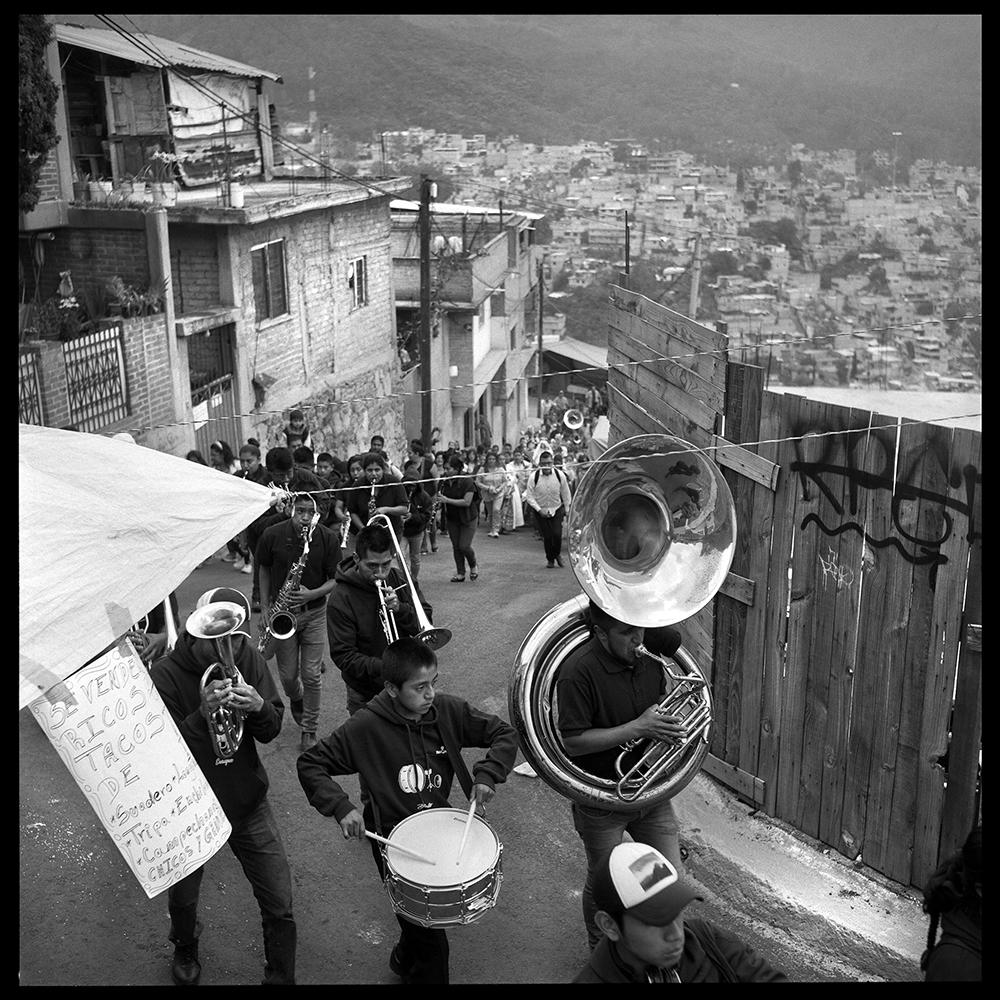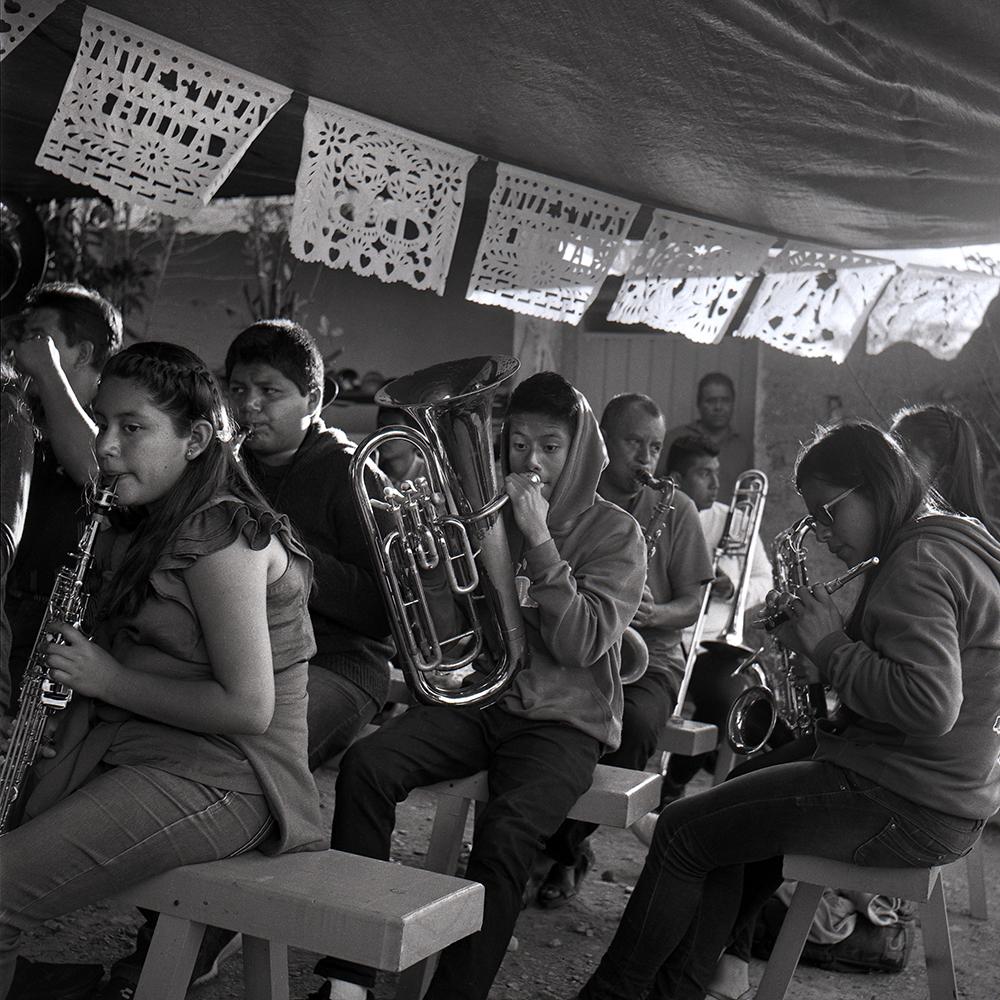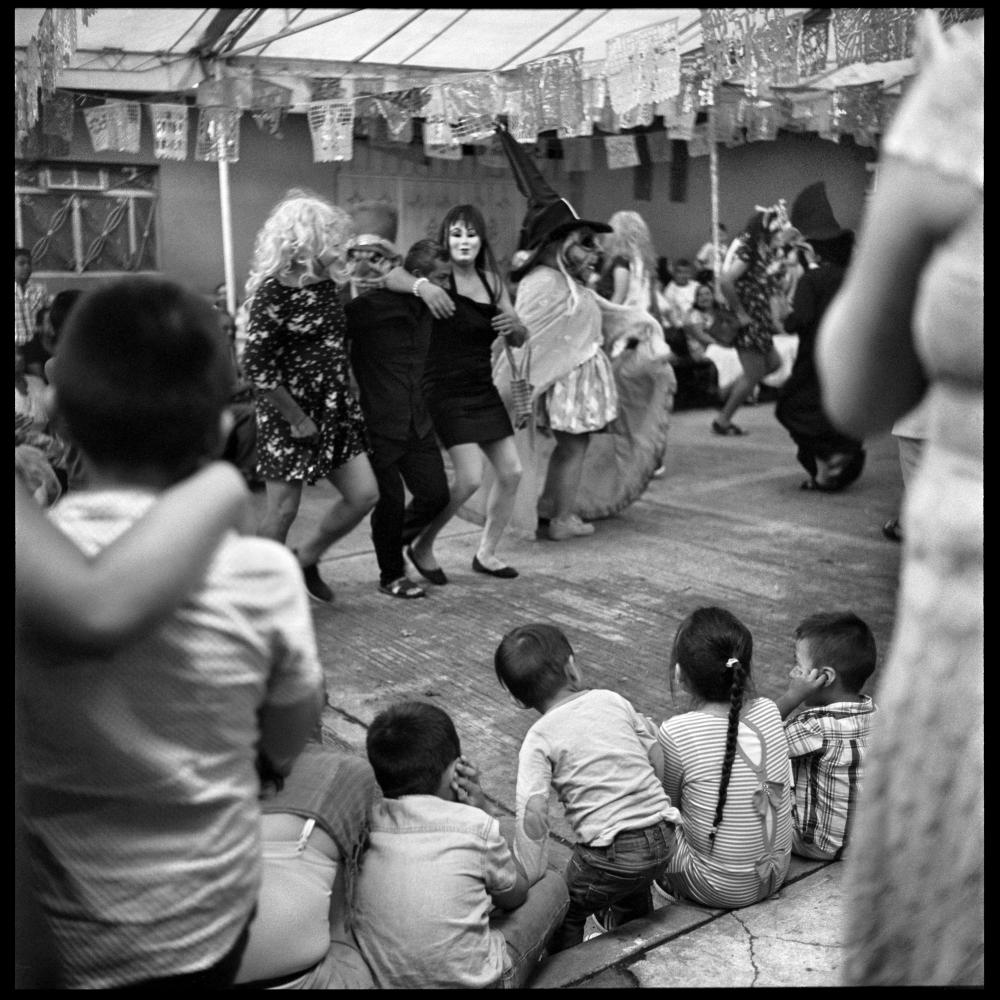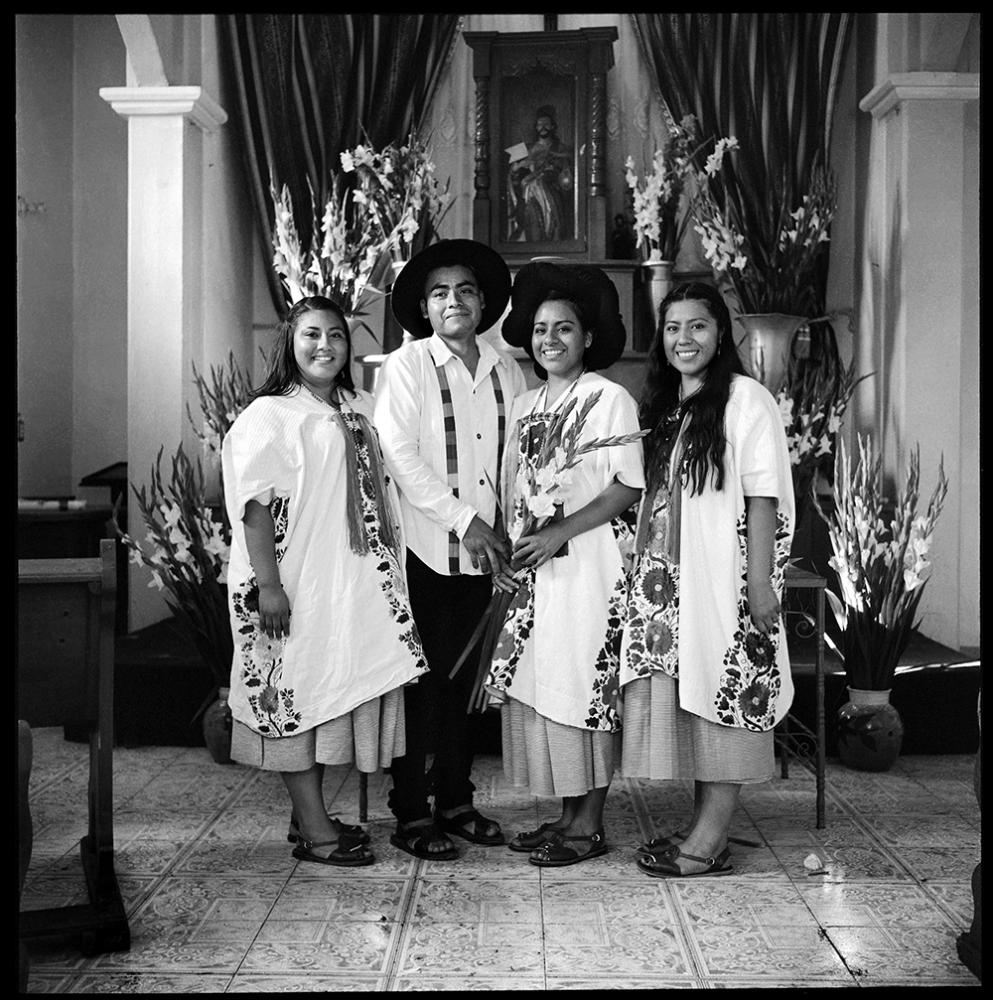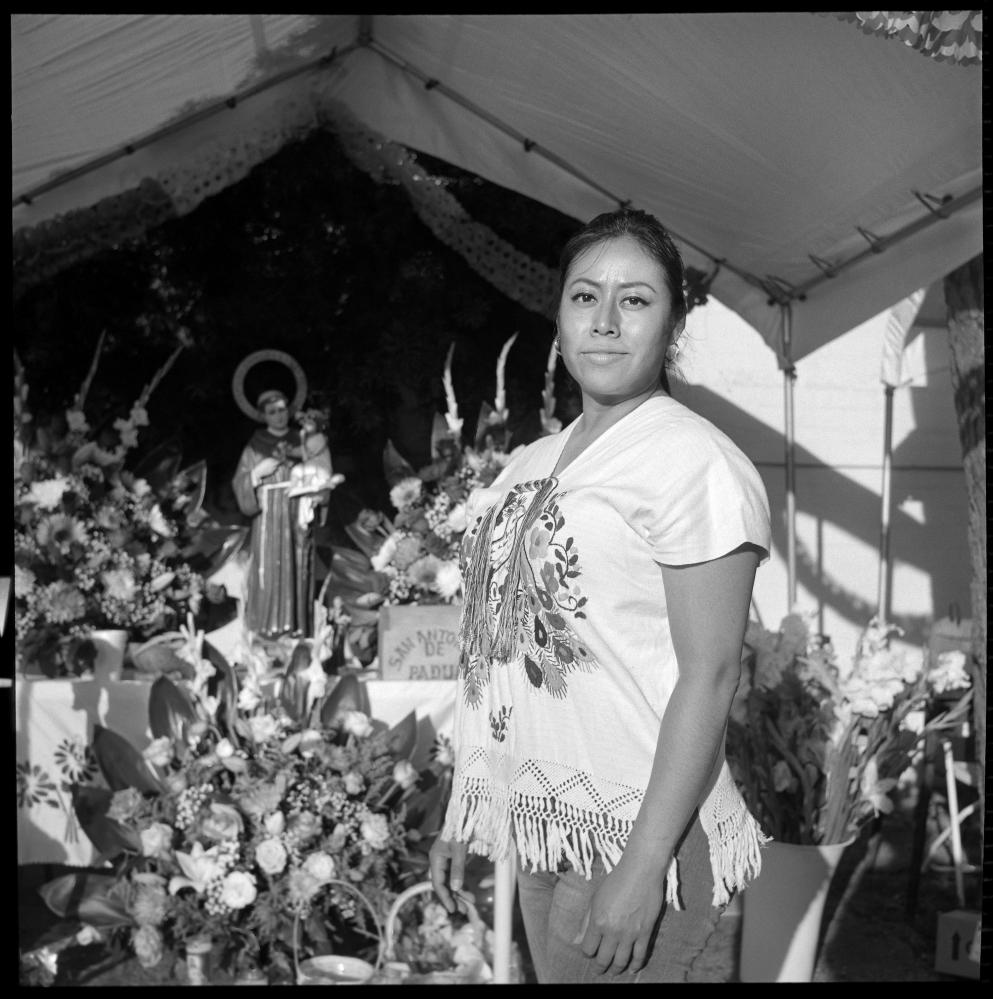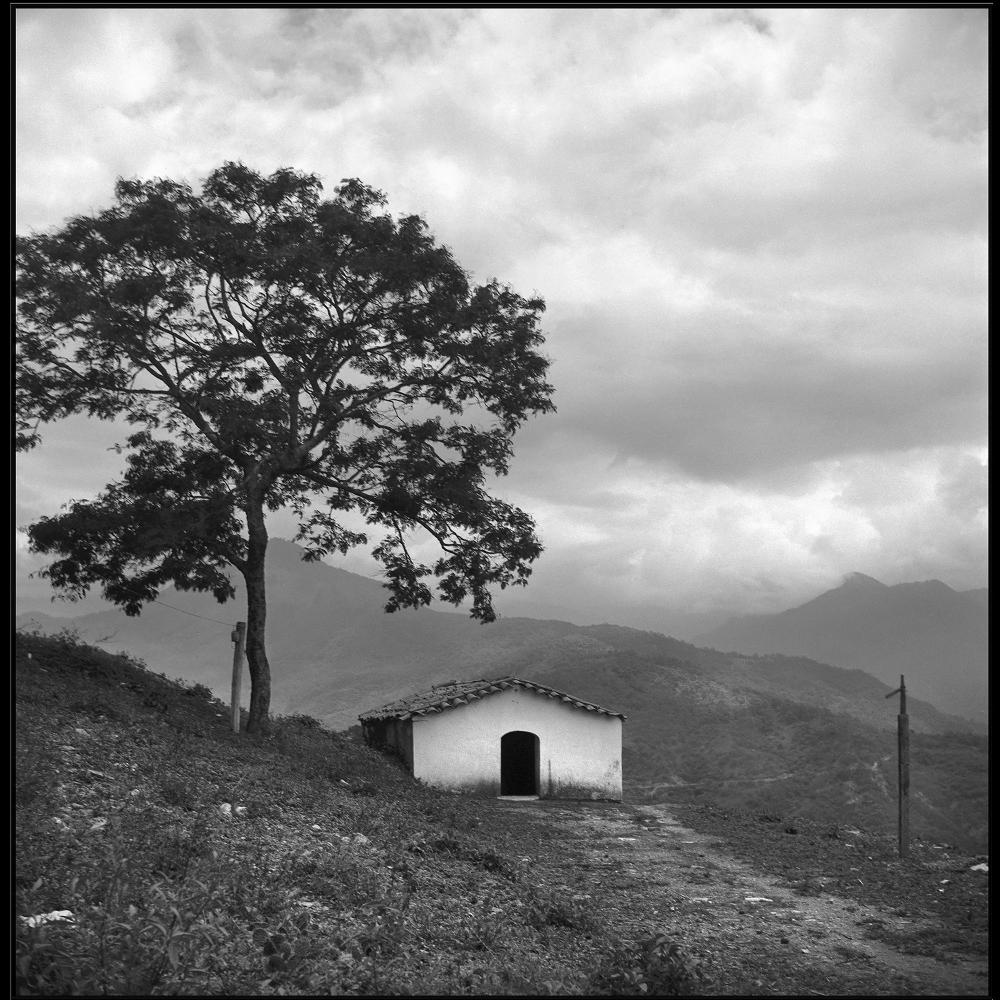Over the last years I've been documenting my Yalalteca culture, the Zapotec people originally from the Sierra Juarez in the Southern Mexican State of Oaxaca now spread all around Mexico and Los Angeles. I started this project as a dialogue with my grandmother (a Native Zapotec speaker) creating our own language through images. I’ve been collecting vernacular photos but also making images of my people in an attempt to connect us, to weave a net to talk about our identity and worldview.
I started what I consider my family album by visiting my relatives around our communities in Mexico, meeting my extended family to learn about their experiences as members of our migrating culture, our interconnection through music and traditional dances, the relation between us and our community, the relevance of our reciprocity practices and also the challenges of younger generations integrating into our practices among many other things.
For me, the vital part is to explore different rituals, traditions, thoughts, and lifestyles that allow us to keep connected over time and territory, to start conversations, then to share images from our motherland, to discover childhood friends of my parents. Even better, to meet a family member for the first time.
After doing this for several years, last year, I had an opportunity, supported by the National Geographic Society, to go to Los Angeles, (I'll share these images later this year). LA has the largest population of Oaxacan people outside Oaxaca and a big group from my hometown lives there too, they say around 3000 in the 2000s, at that time more than in Yalalag itself, even more now. I was curious to see first hand how my Yalalteca family lives in LA, to know if it was like in Mexico and what I found was a vibrant community able to permeate and “integrate” to the LA landscape, to fill Pico Avenue or any Koreatown street with traditional Oaxacan music, manifestations of religious celebrations on cold nights in December, traditional dances in public spaces and more. What I call “a latent culture moving between the shadows”.
So I have seen my culture transform and integrate into new lands because culture is not static, it eventually adapts over time, especially in new territories. This is also a family reunion, a way to honour my ancestors and to see our culture stay alive and withstand colonization processes.
